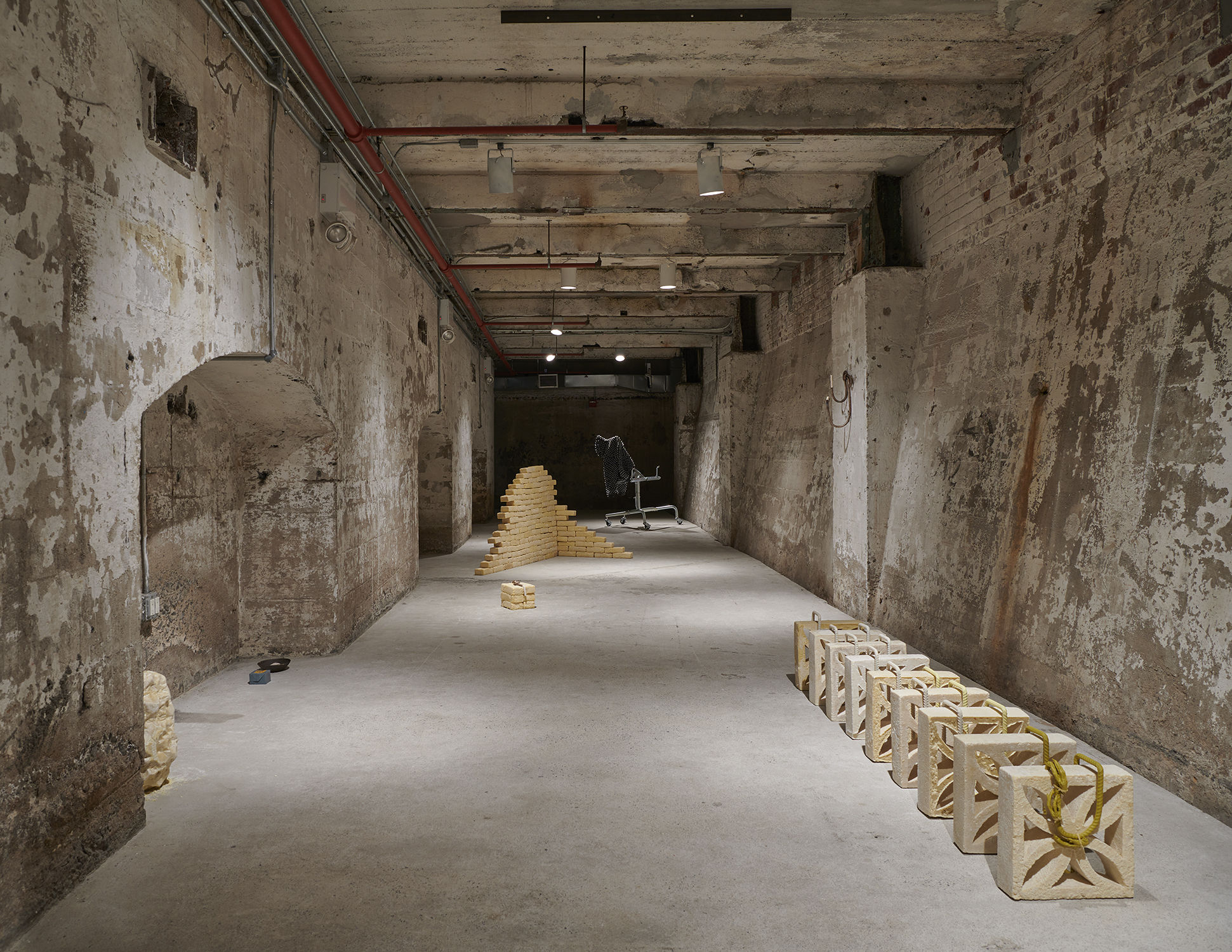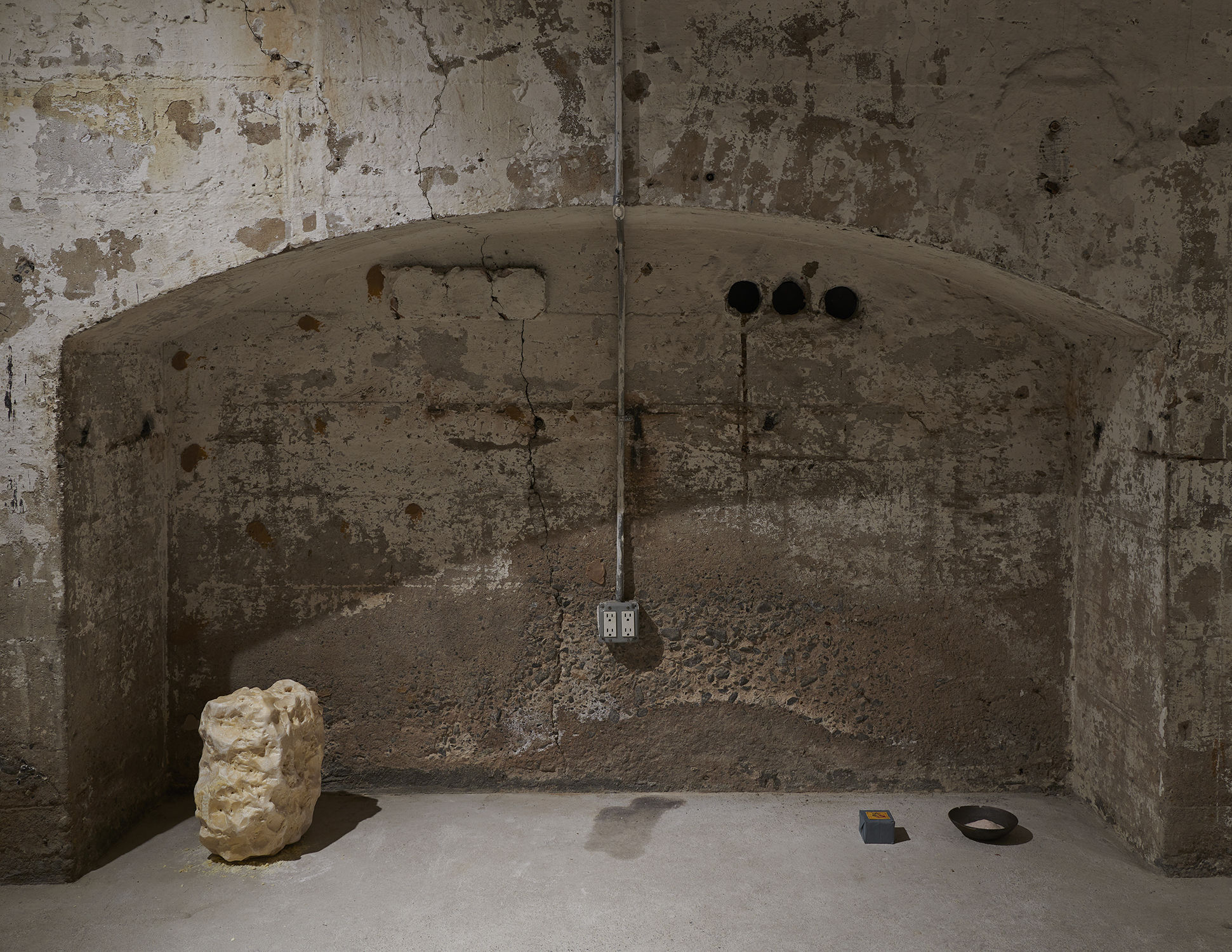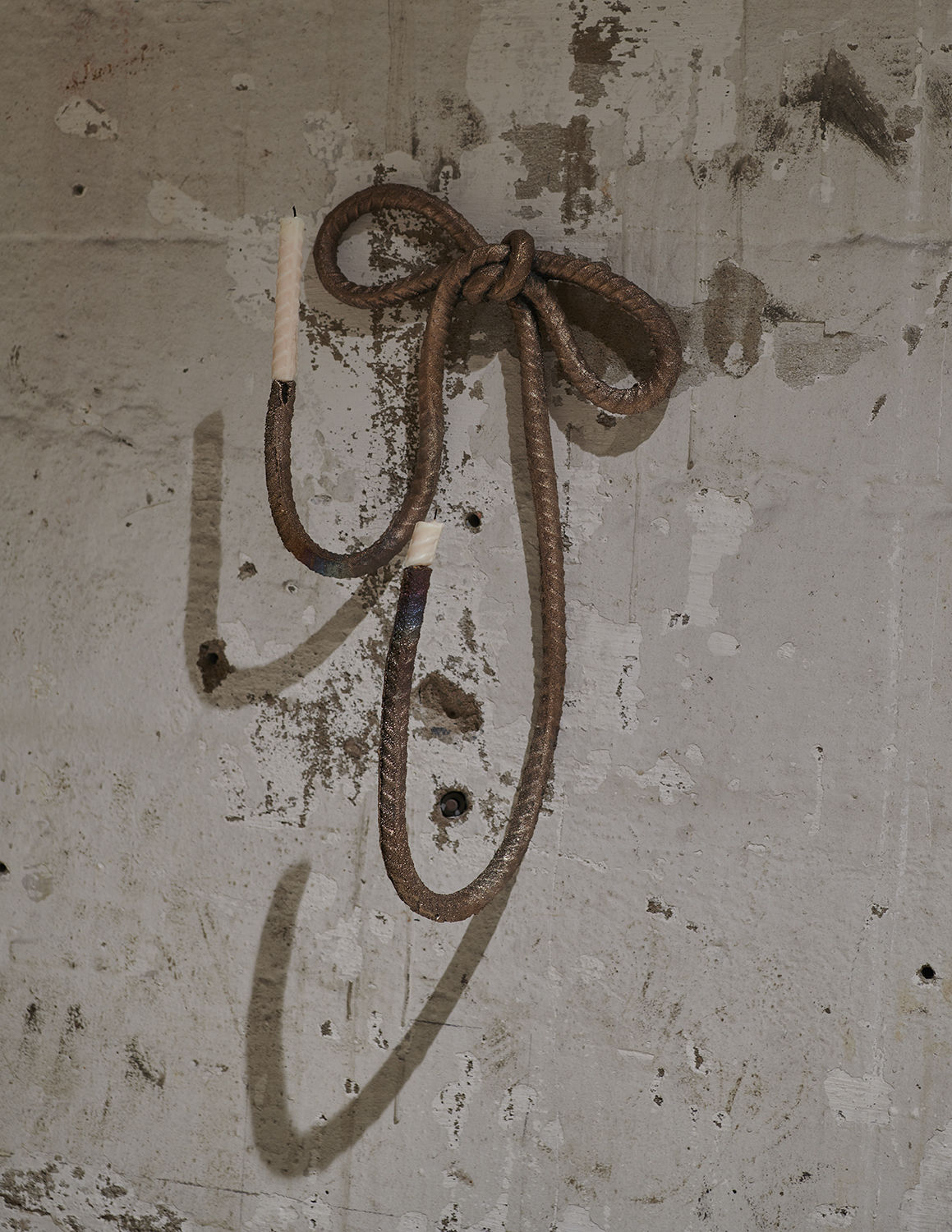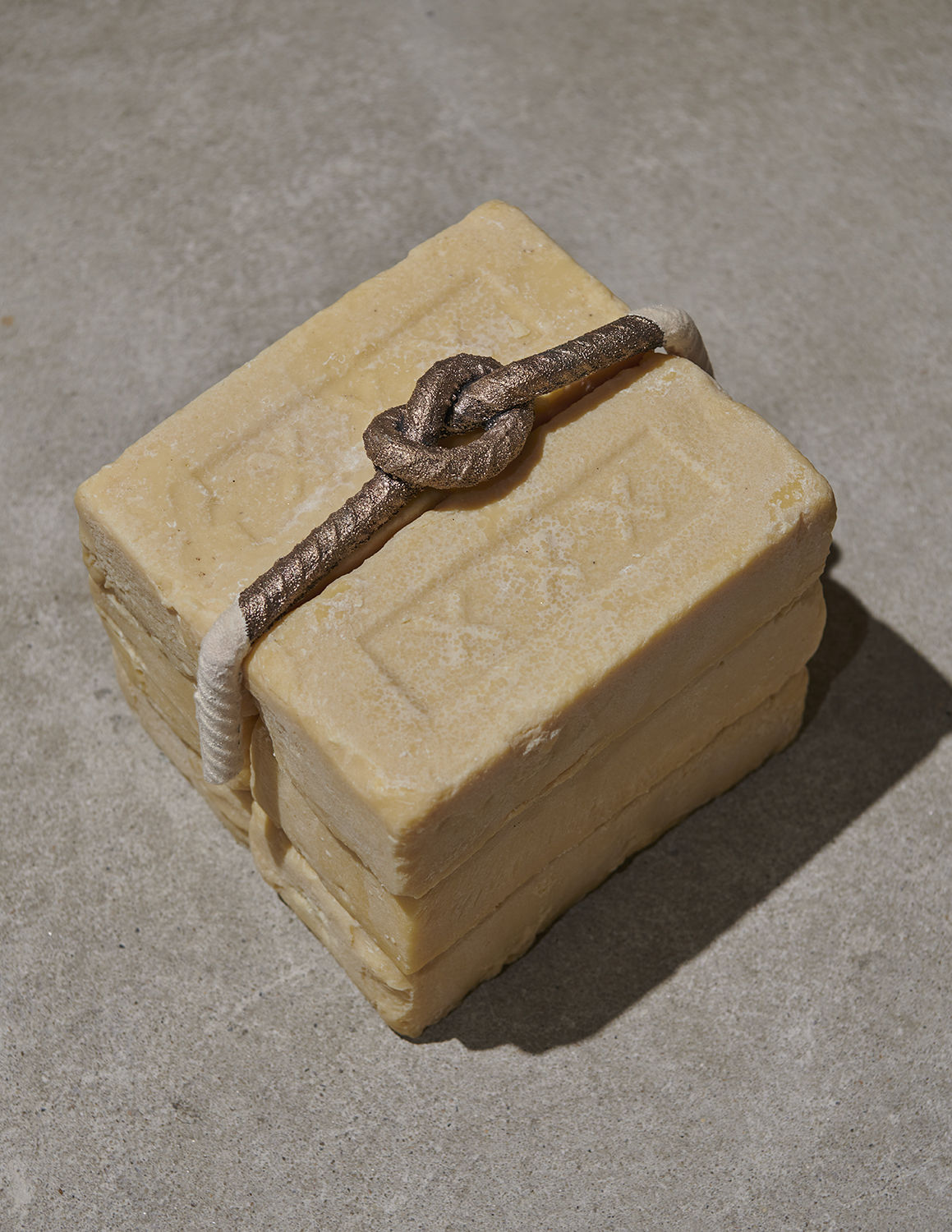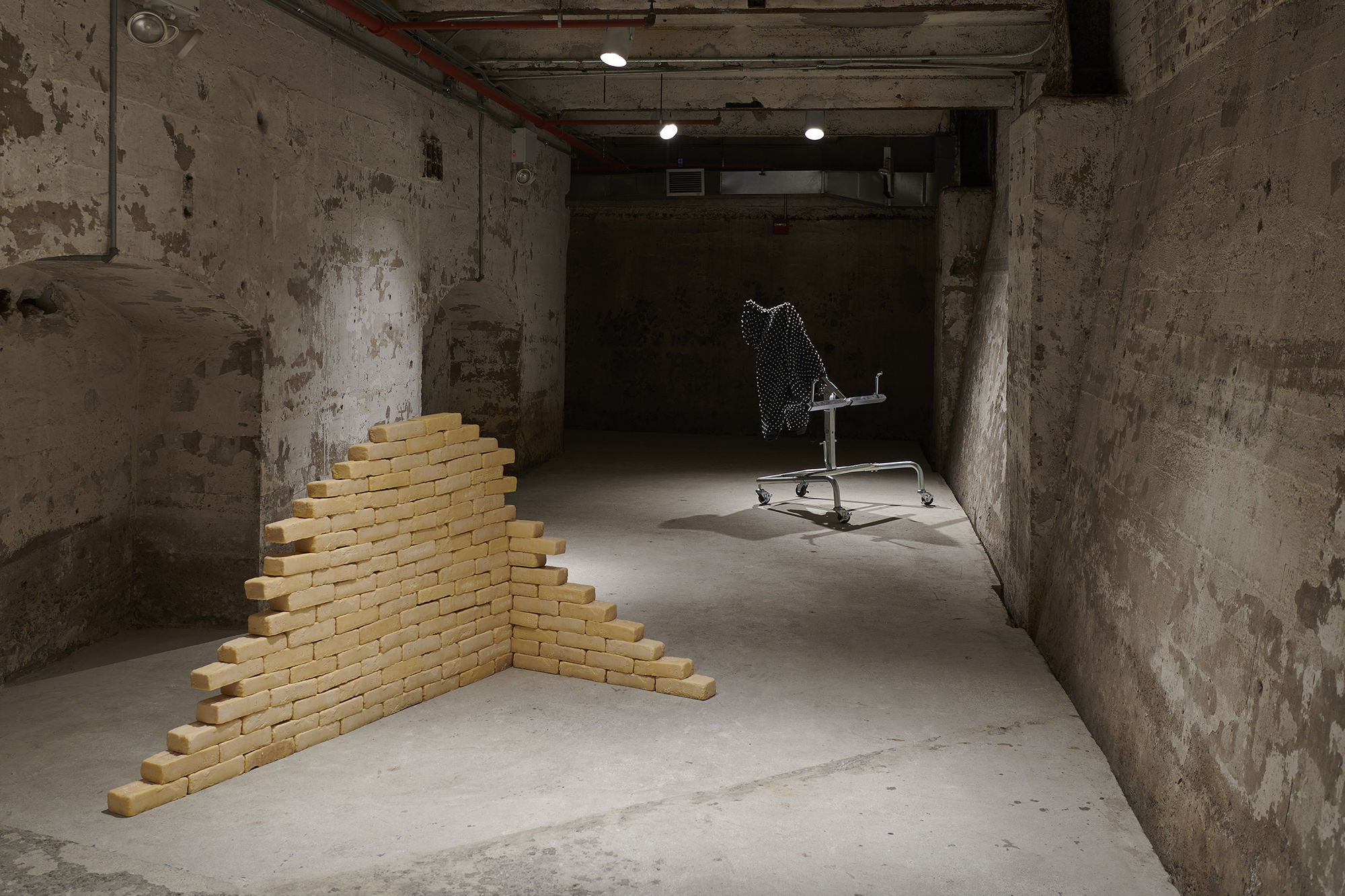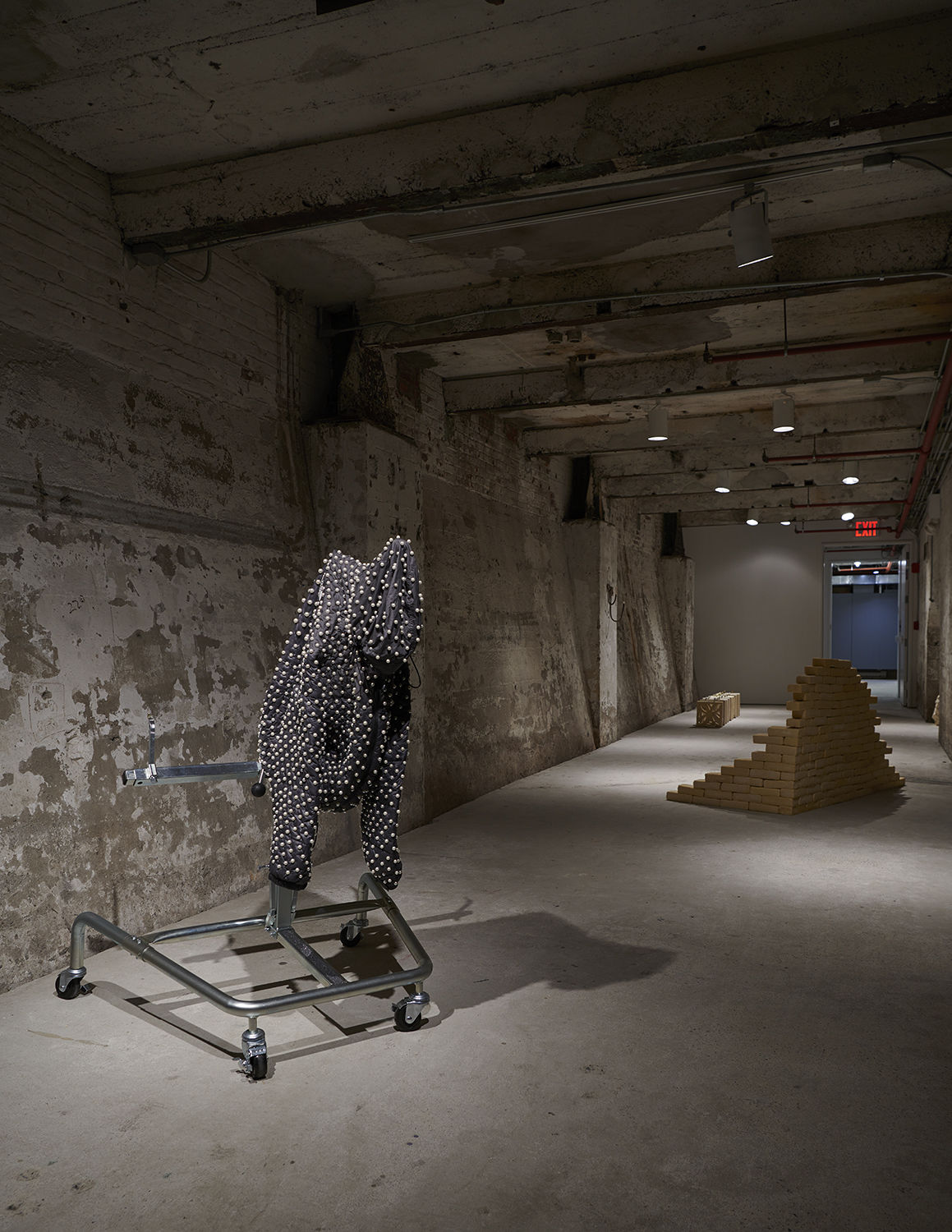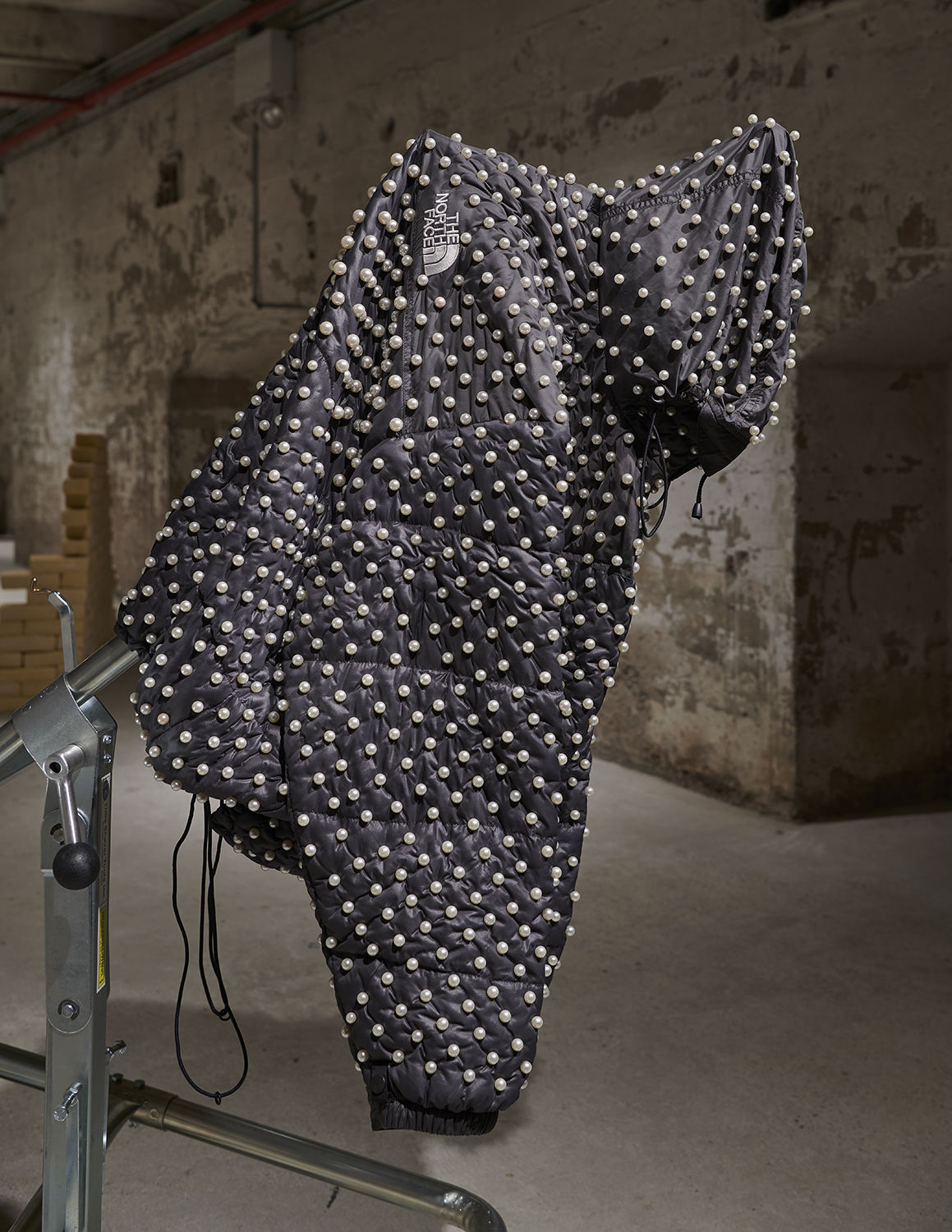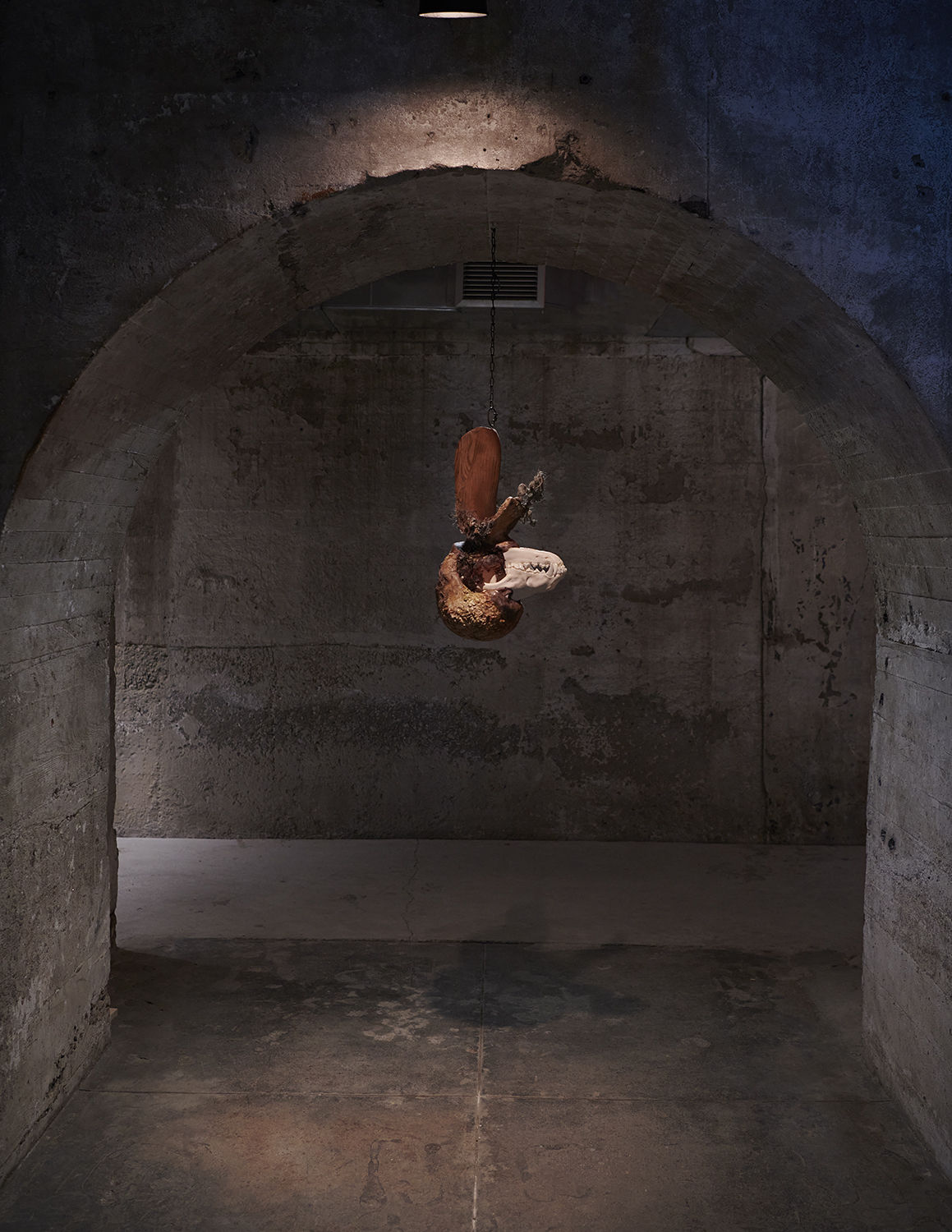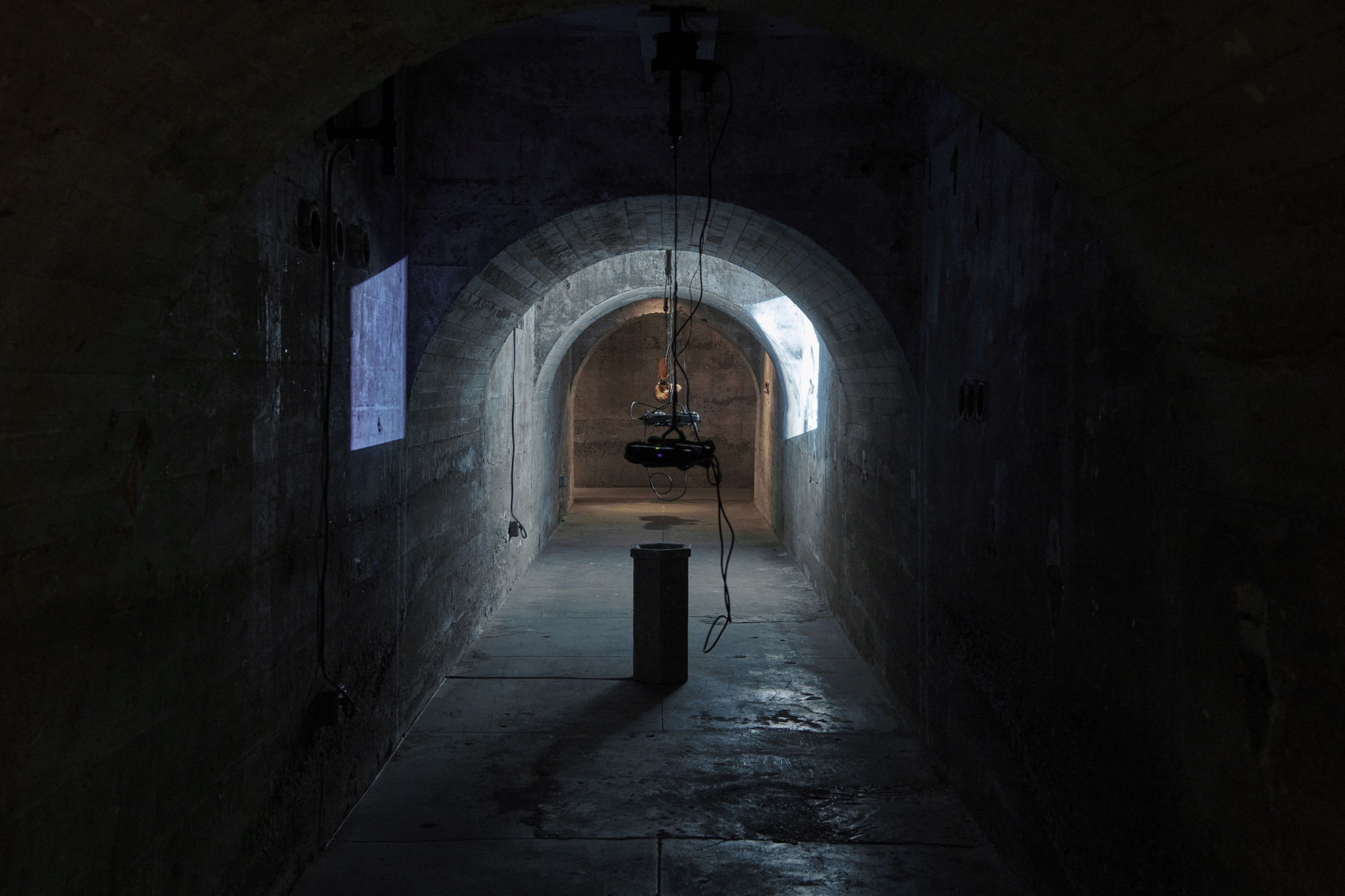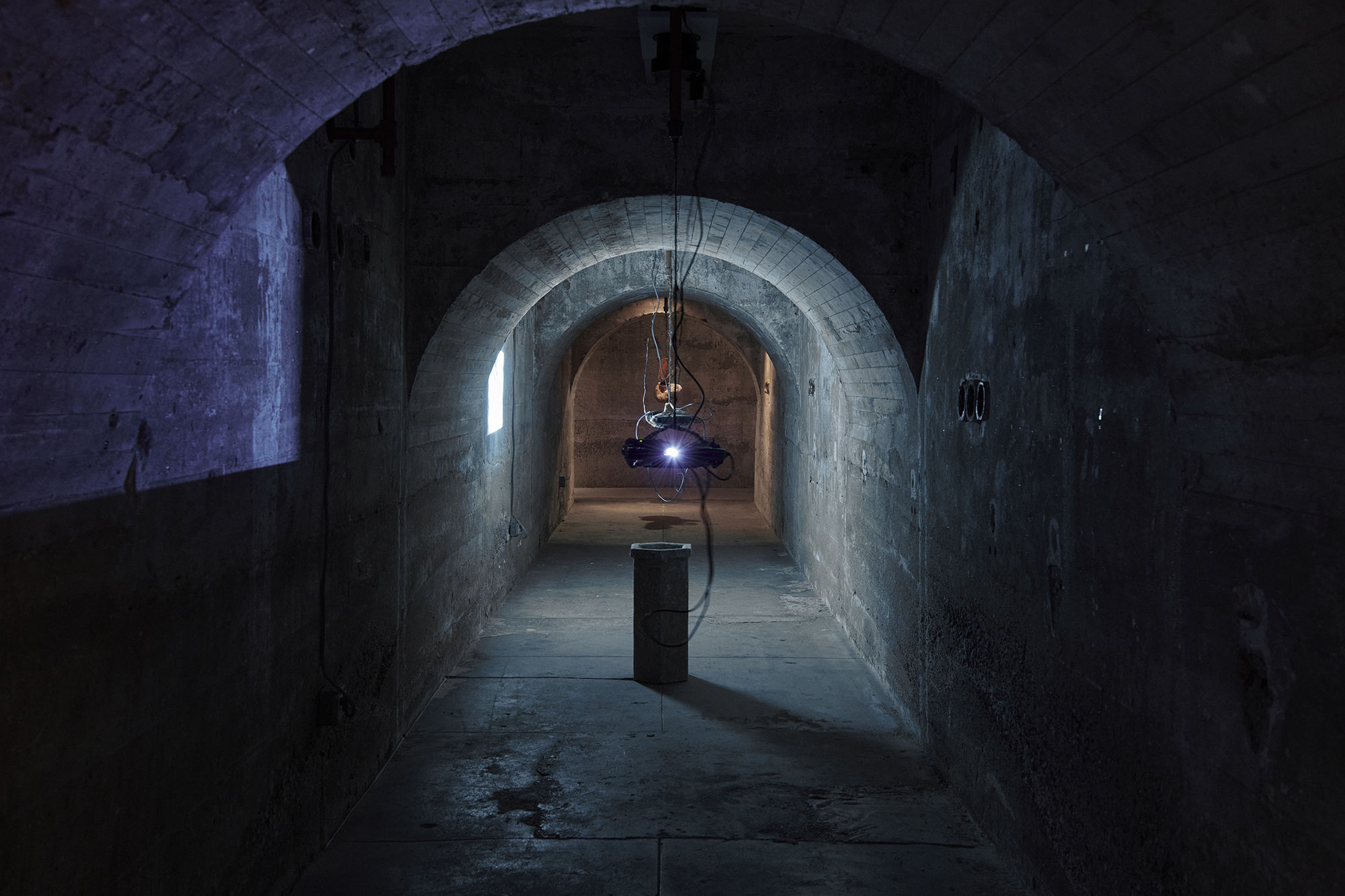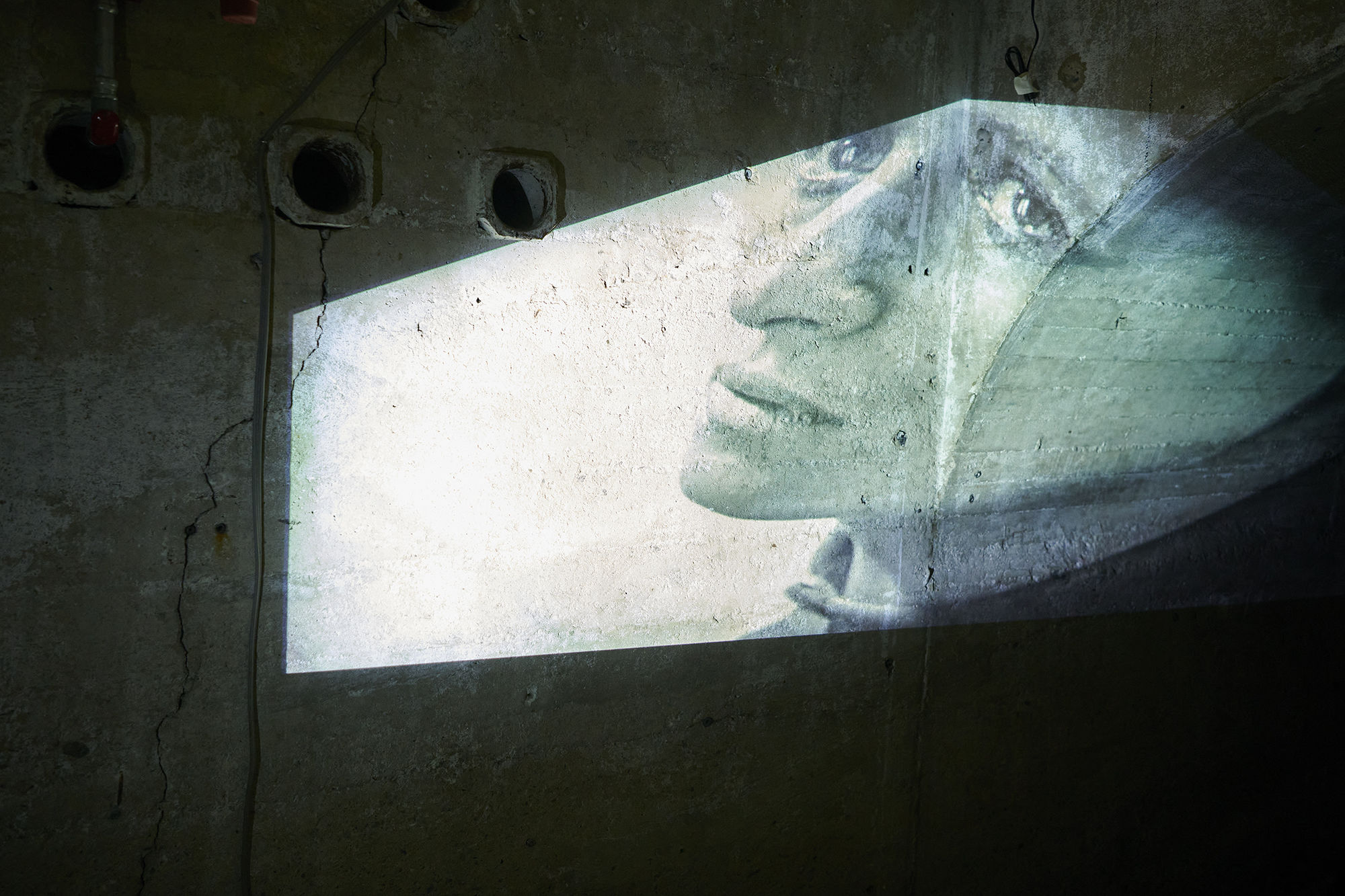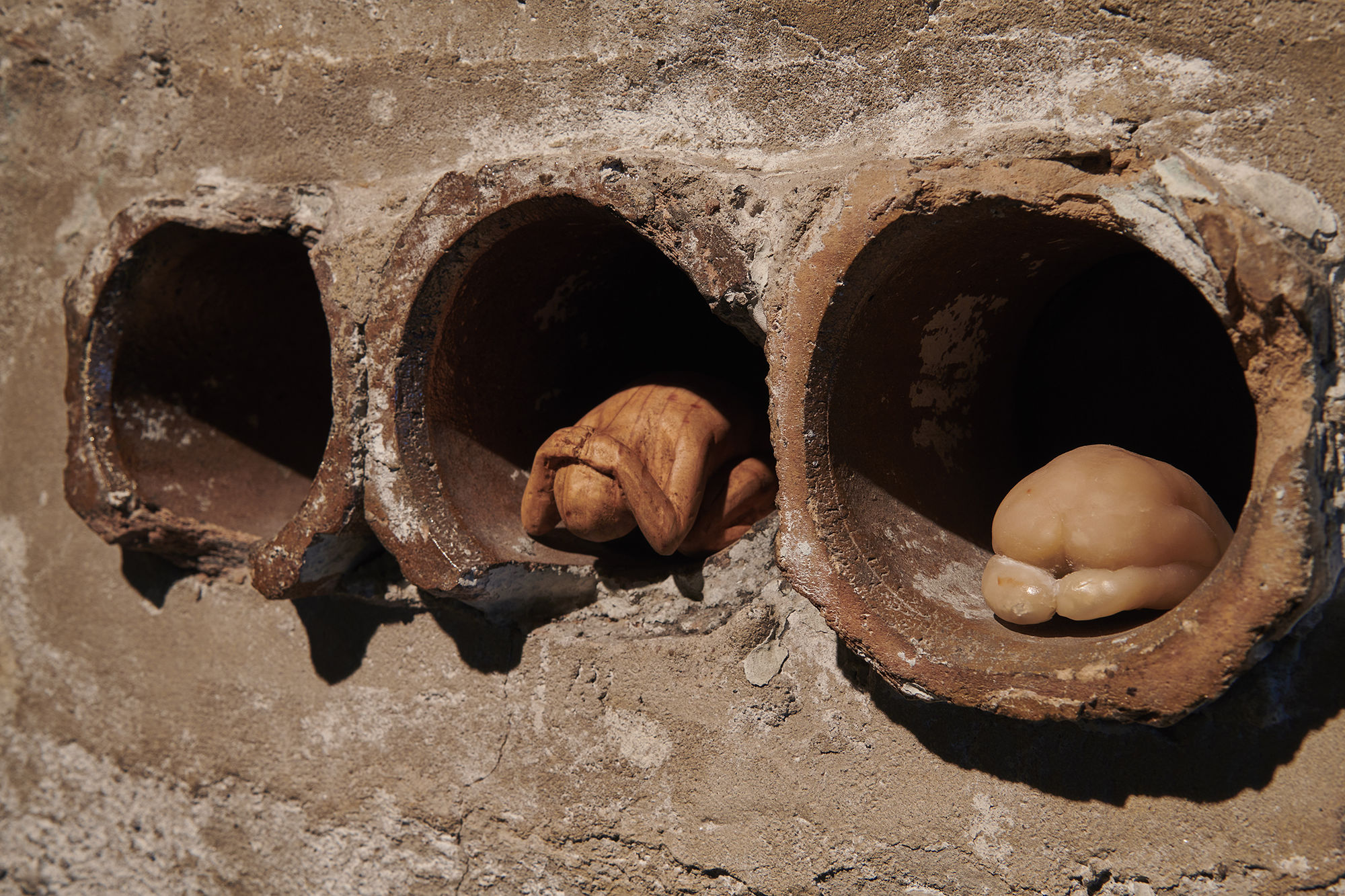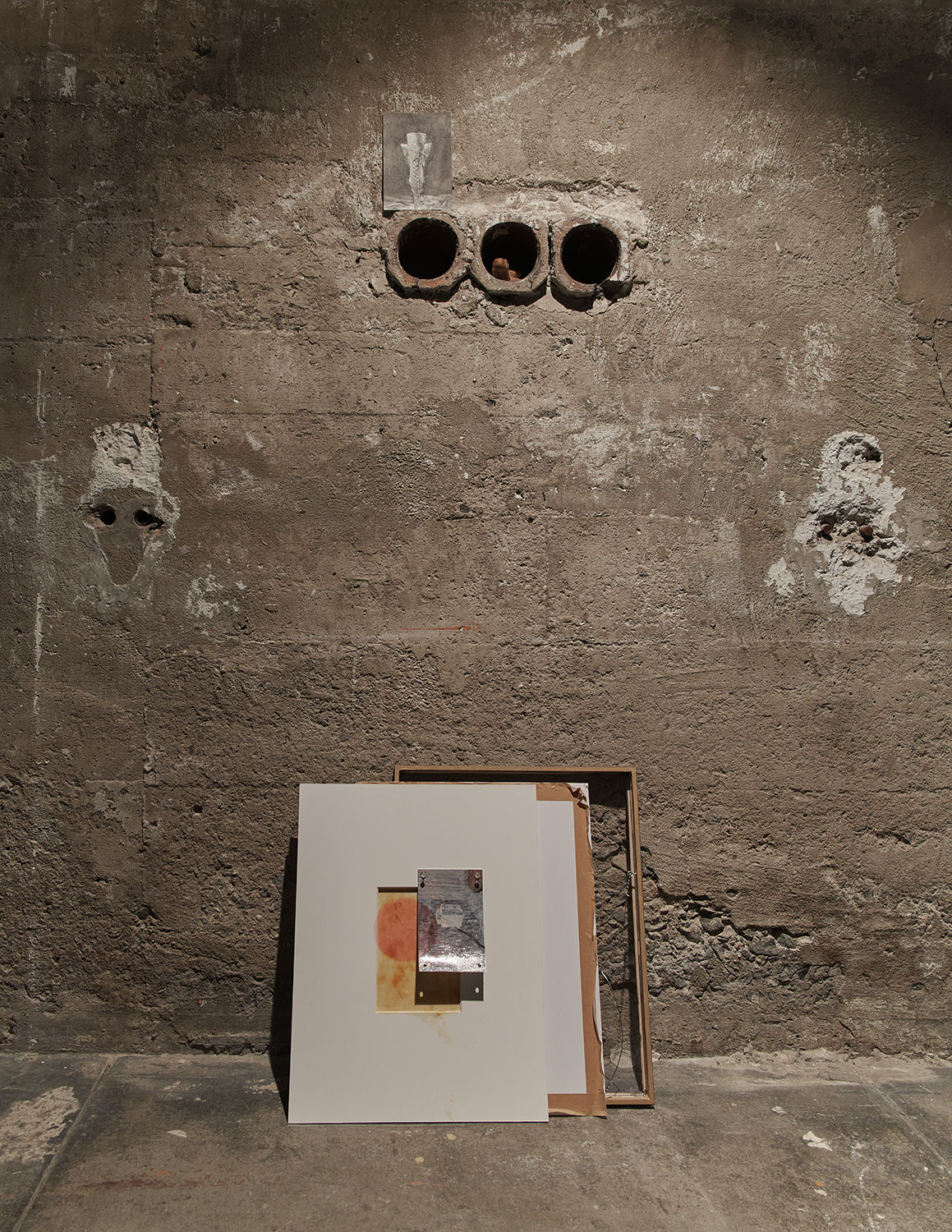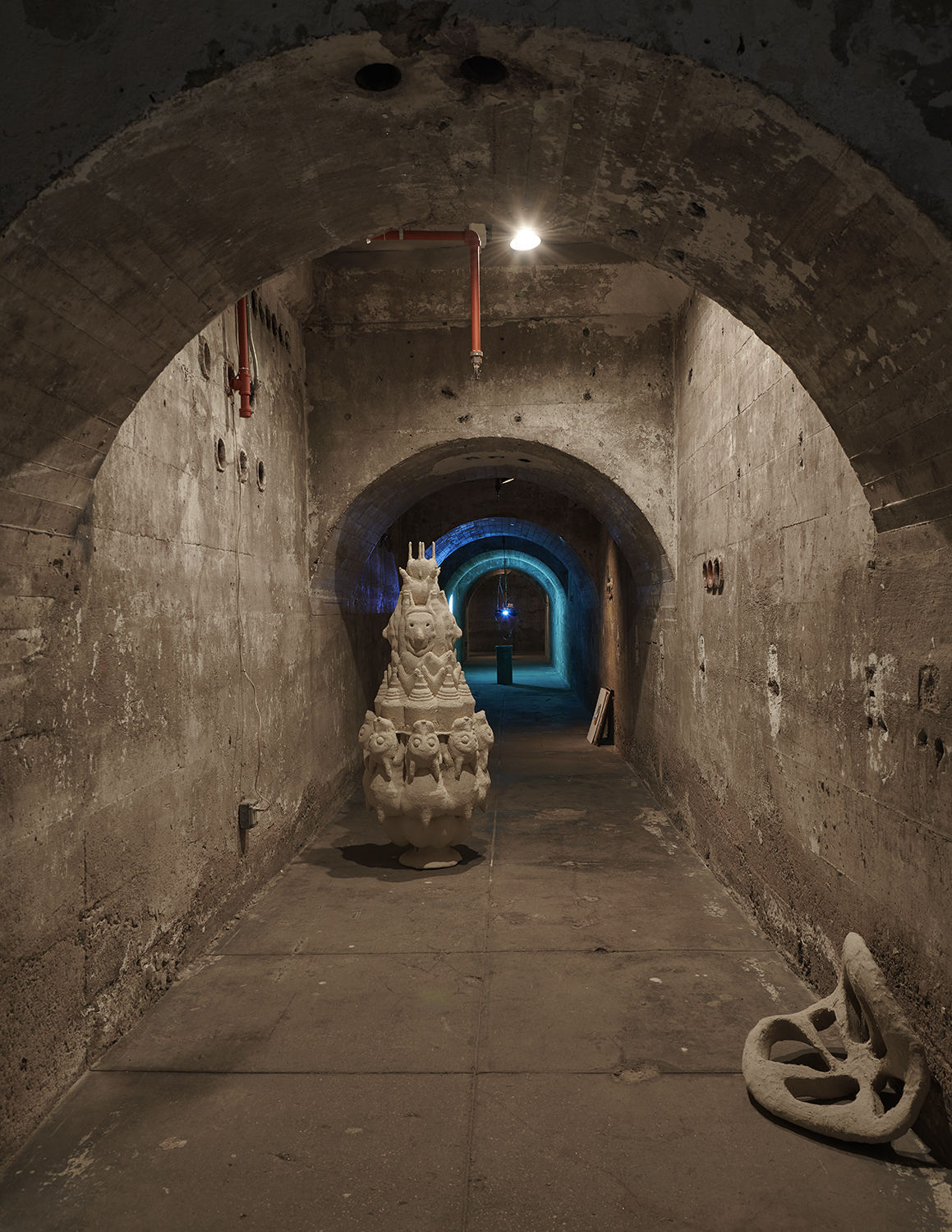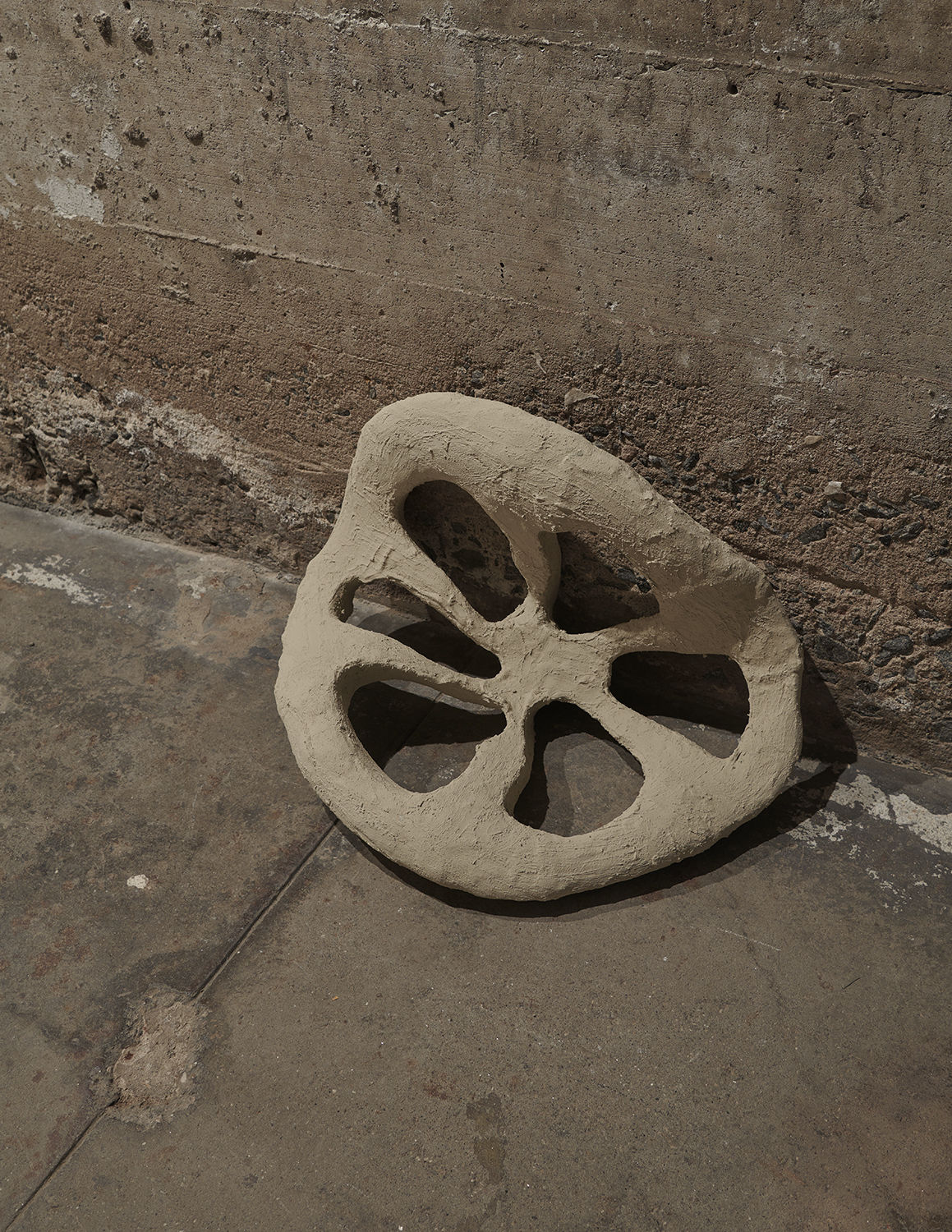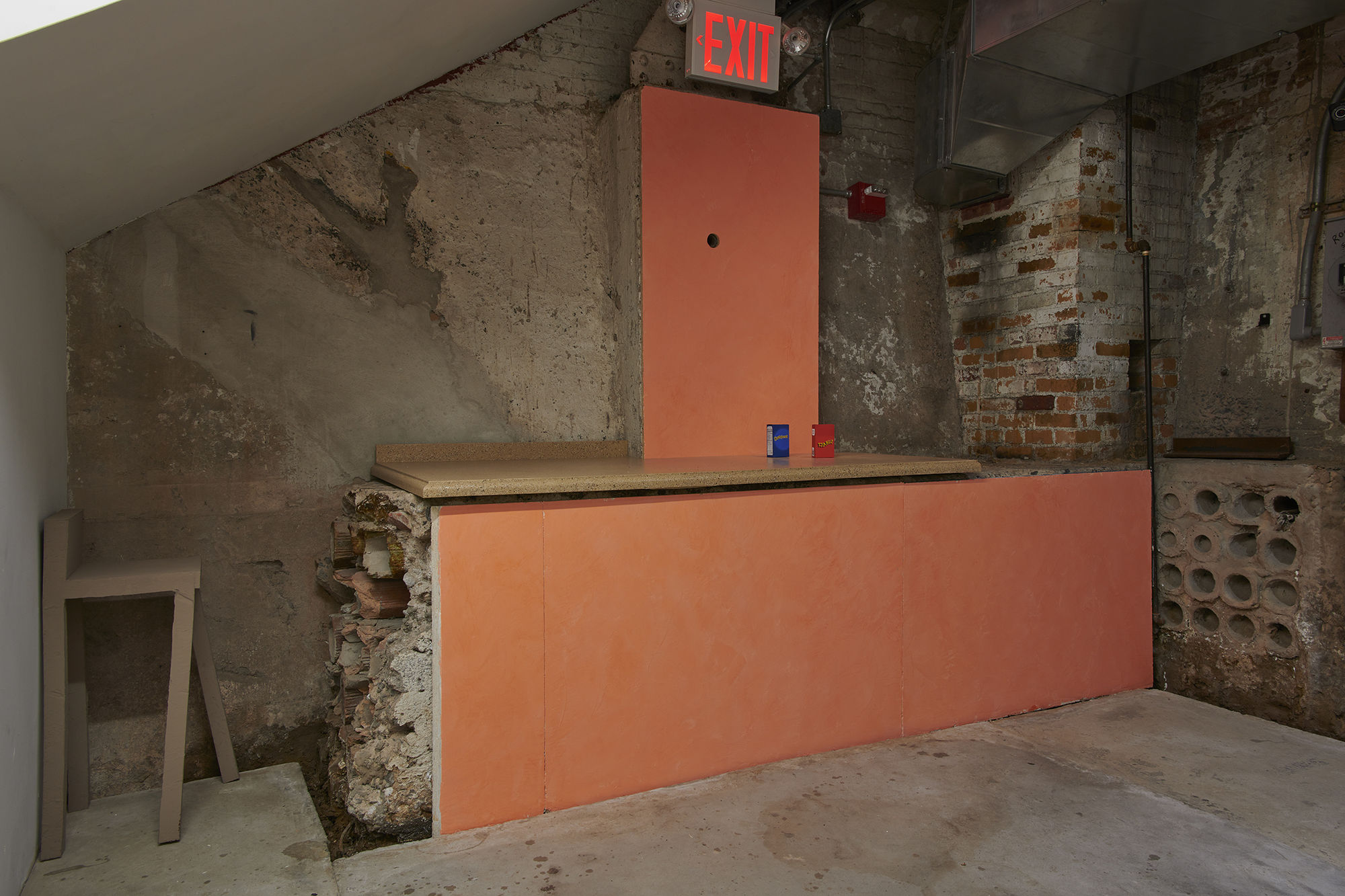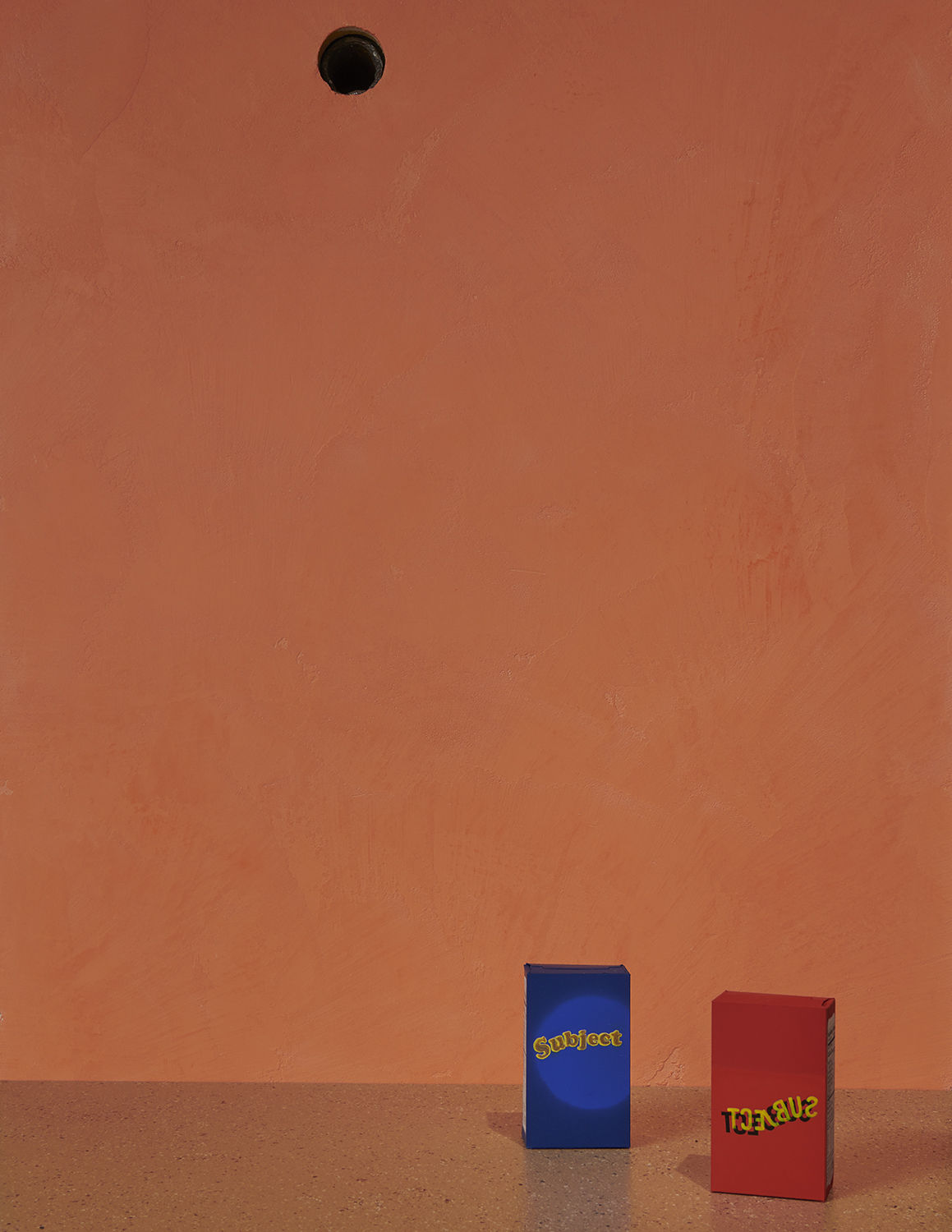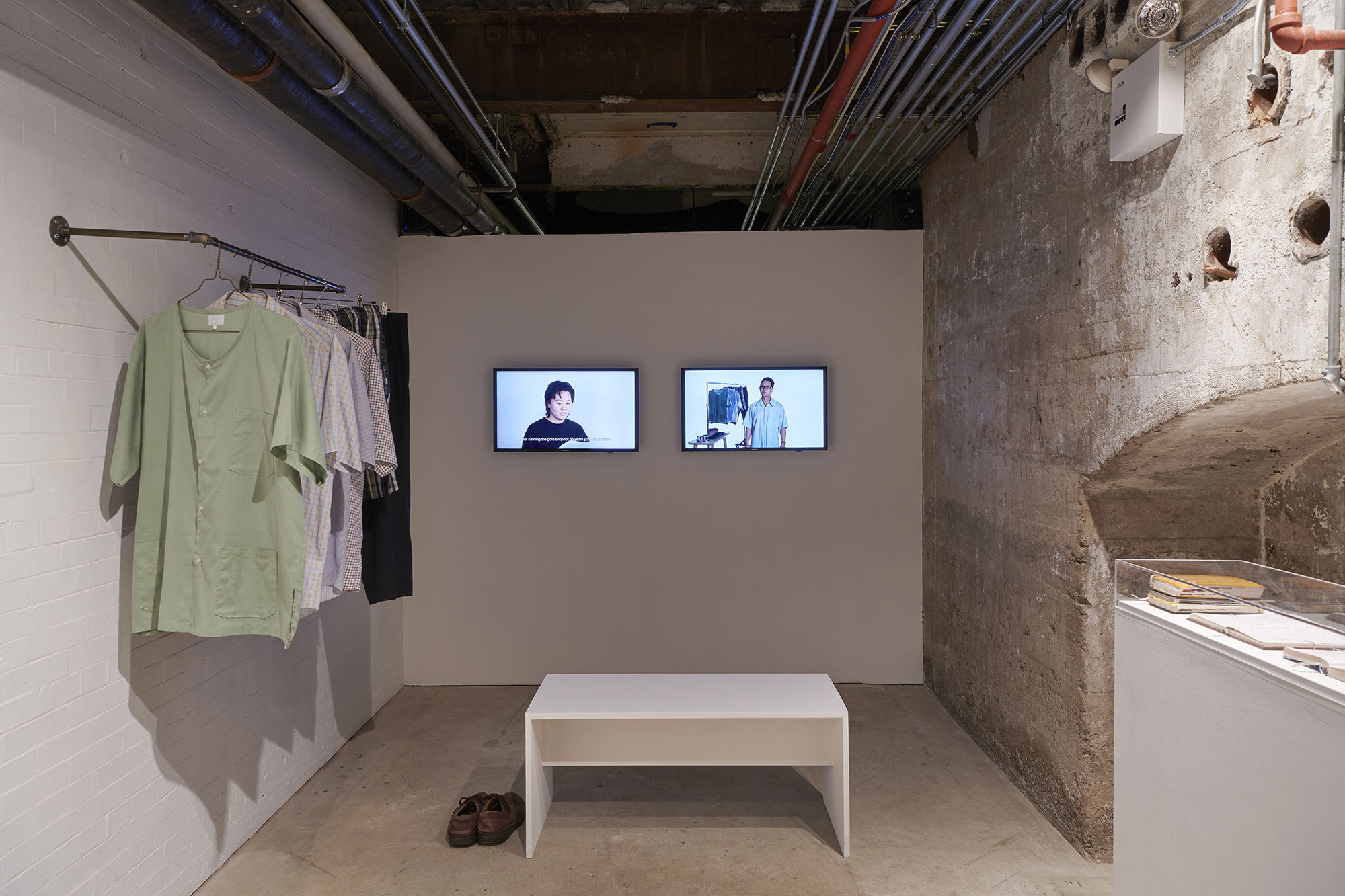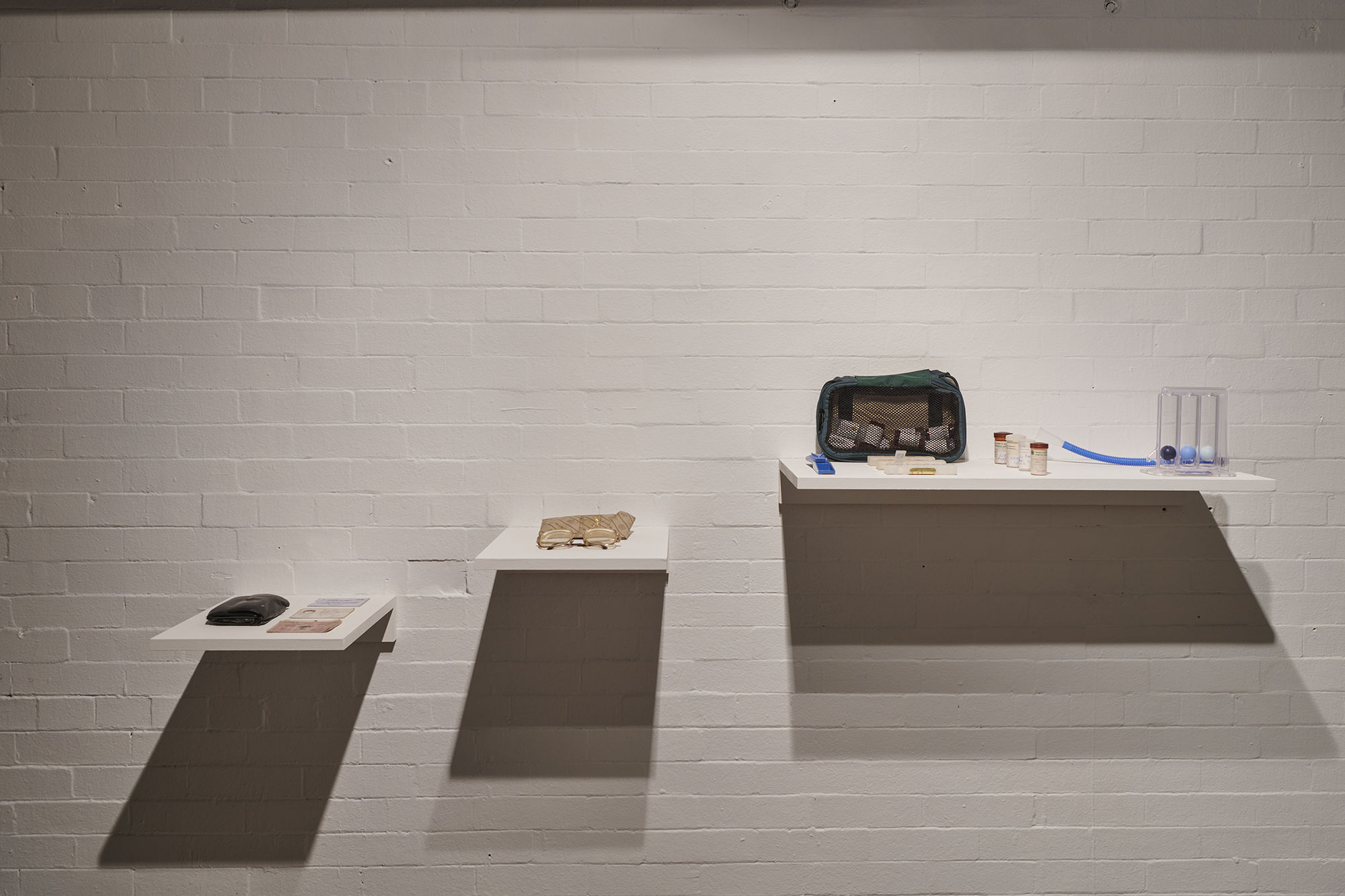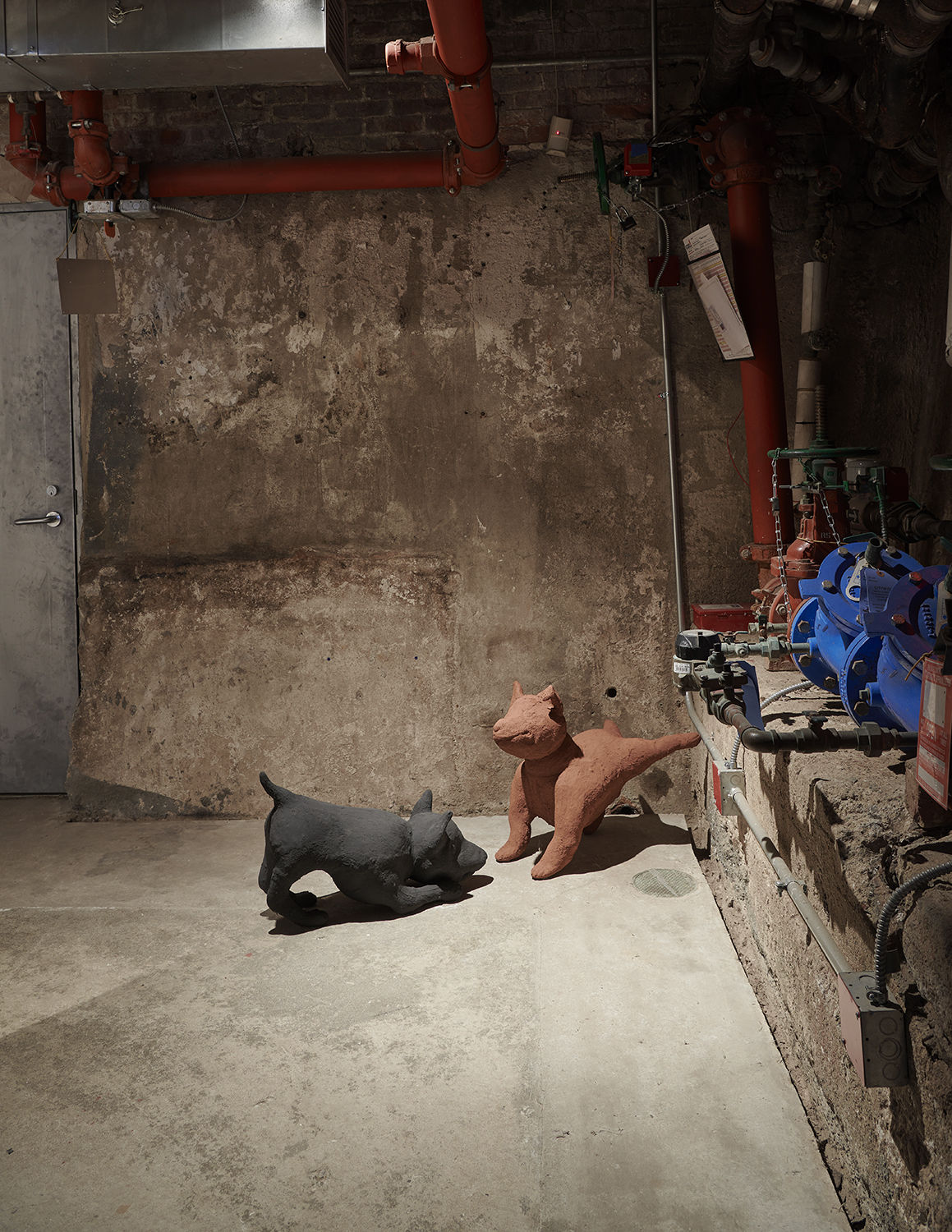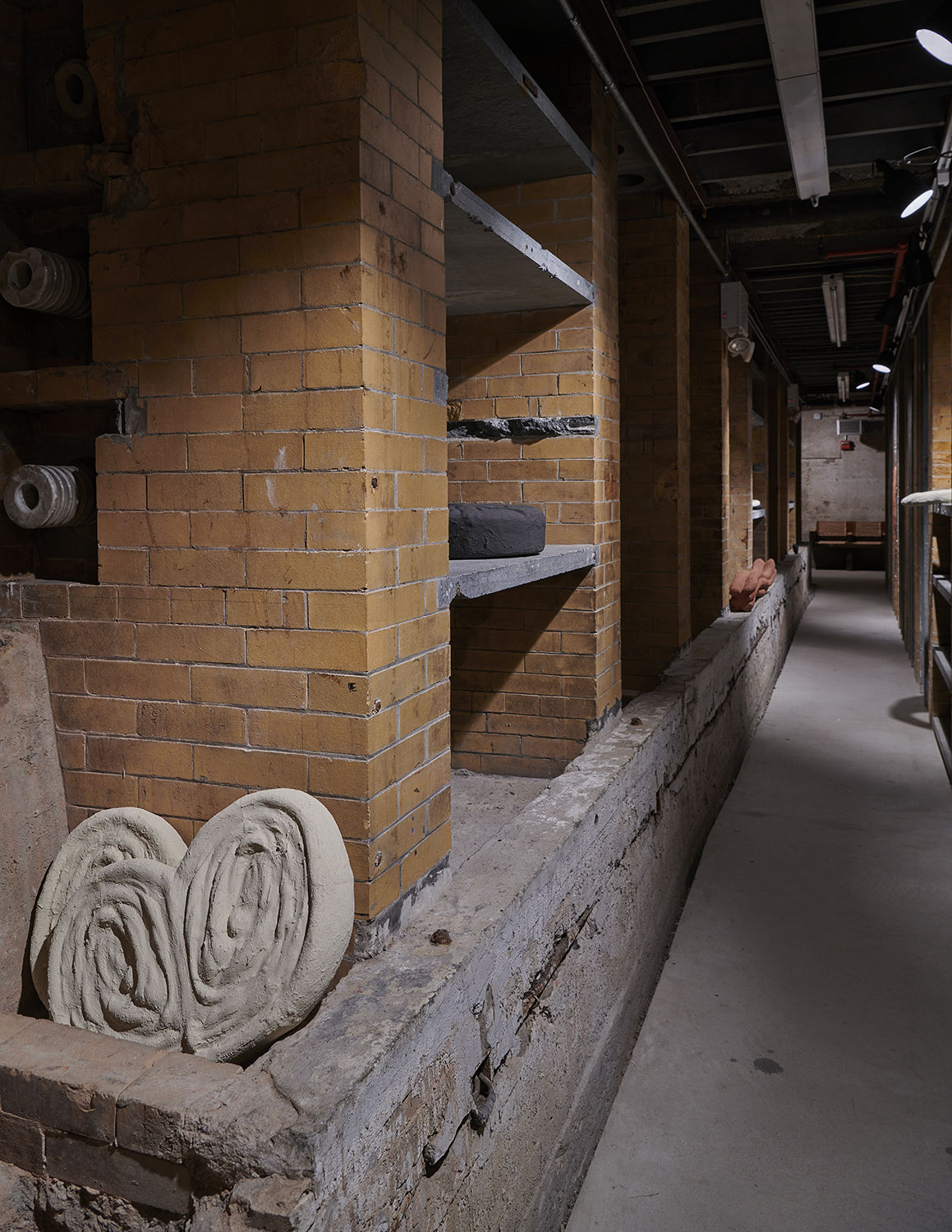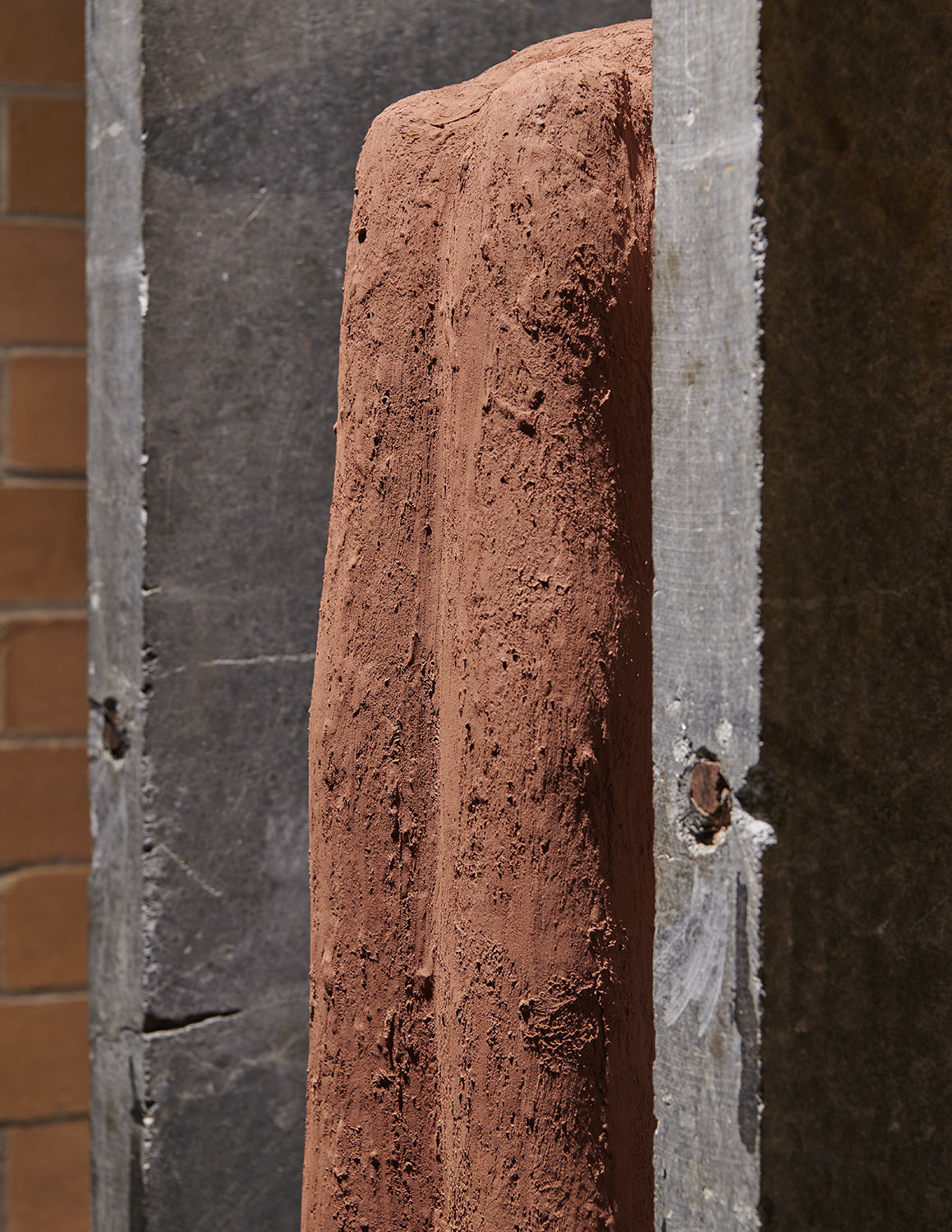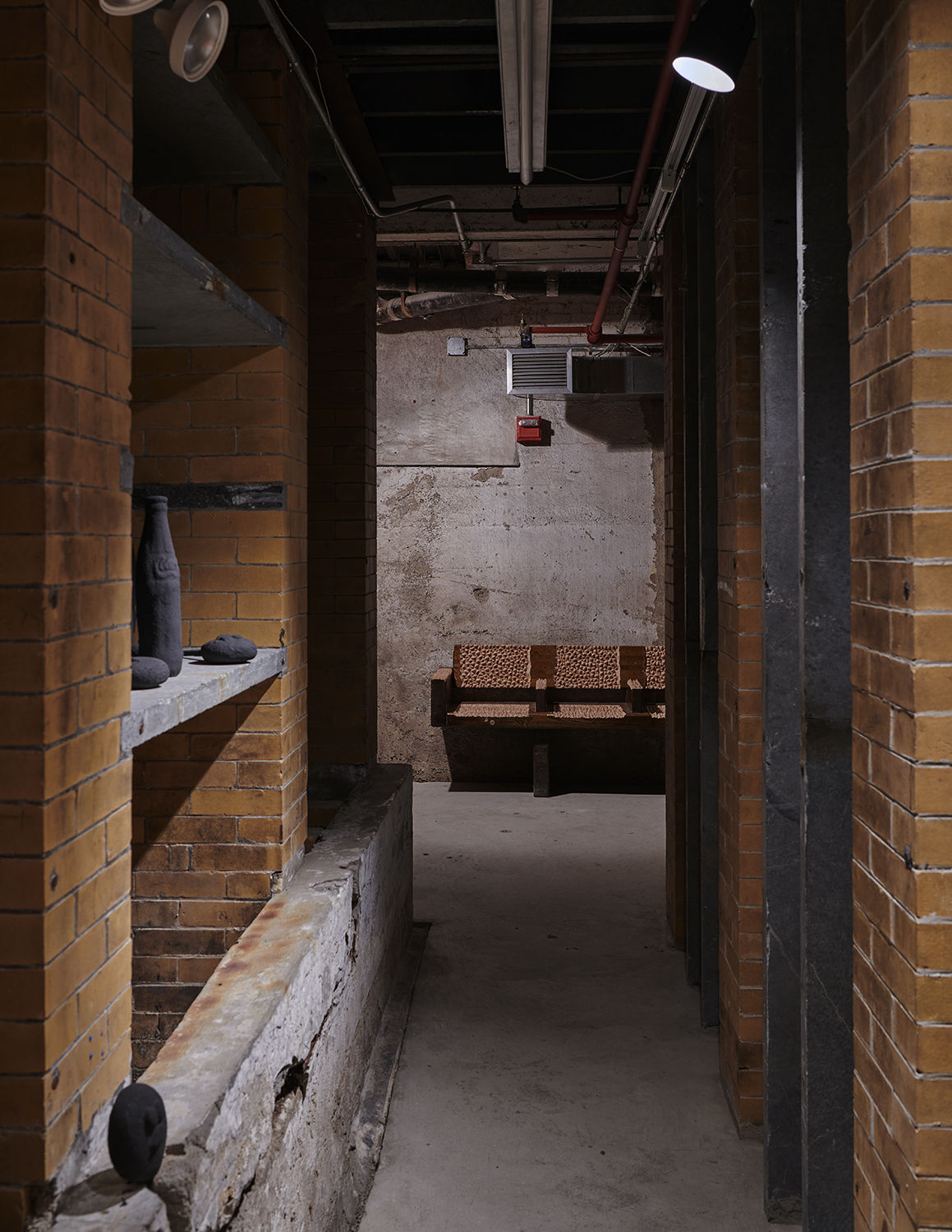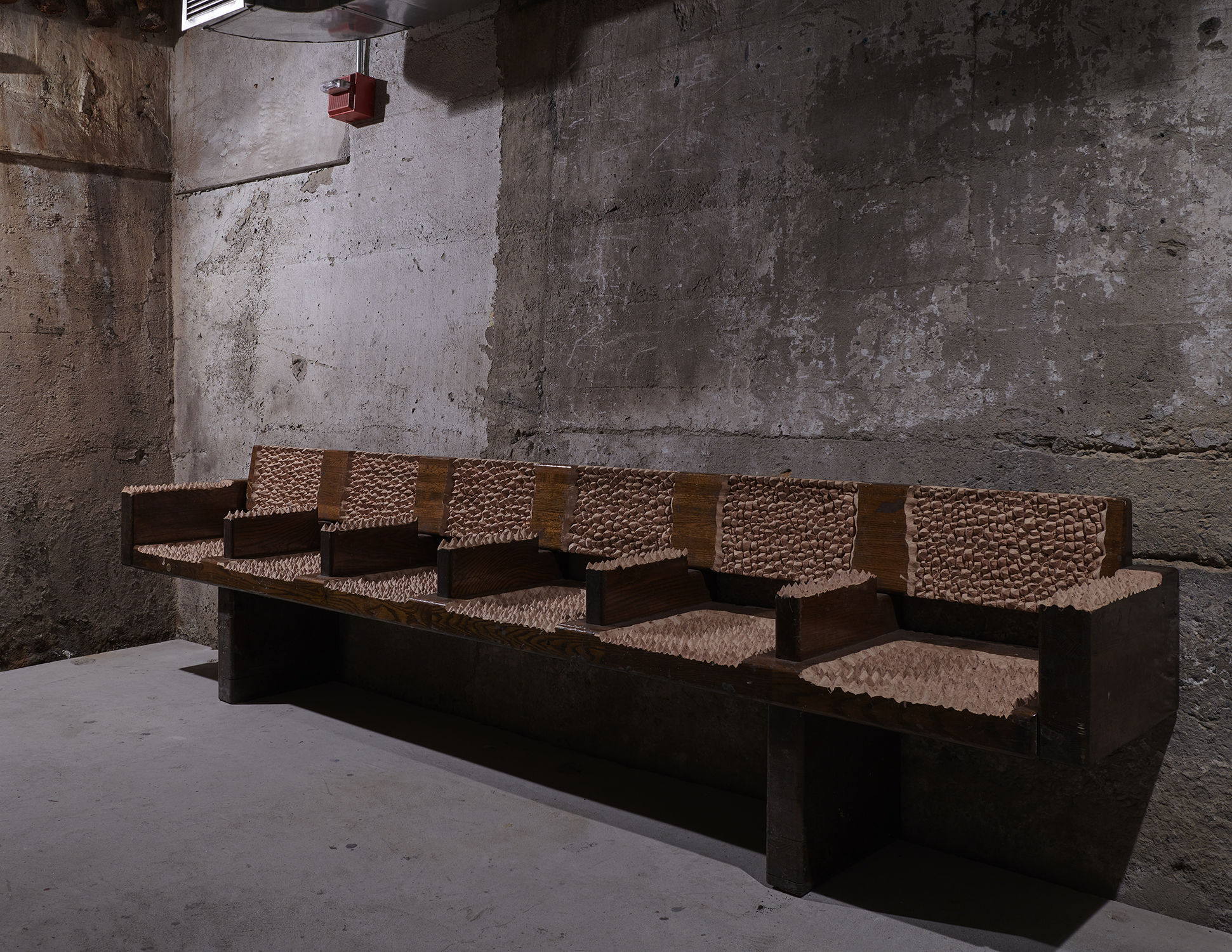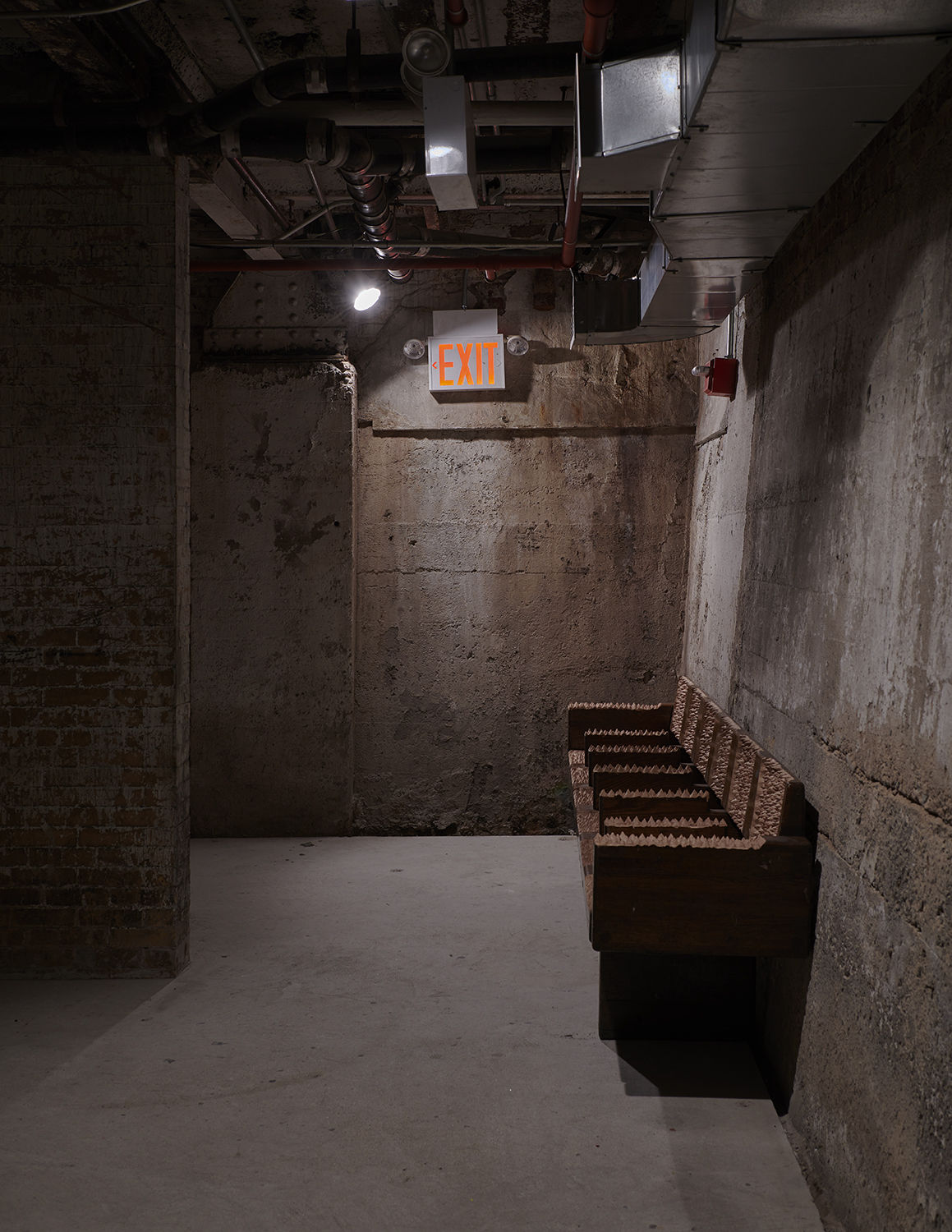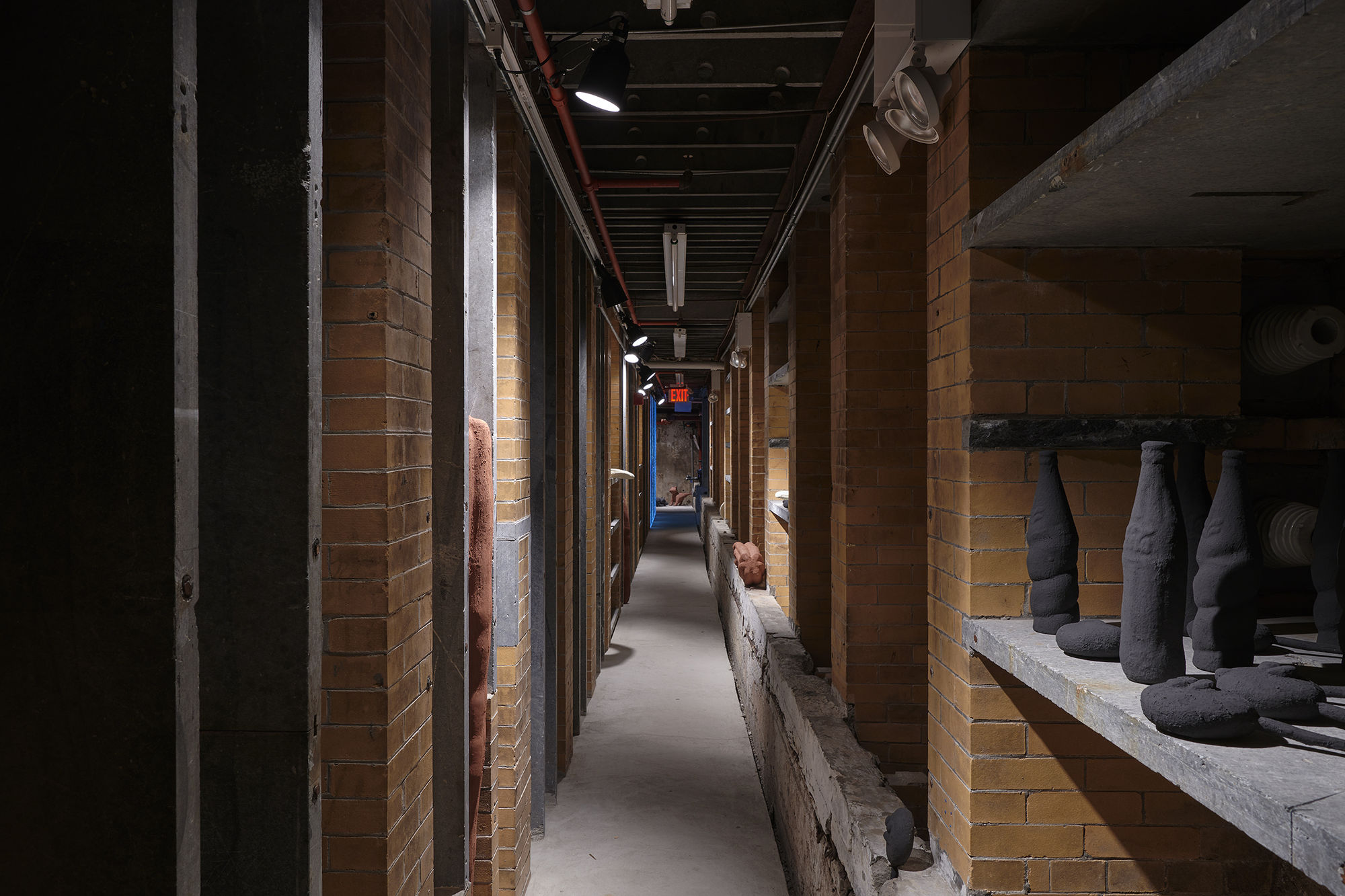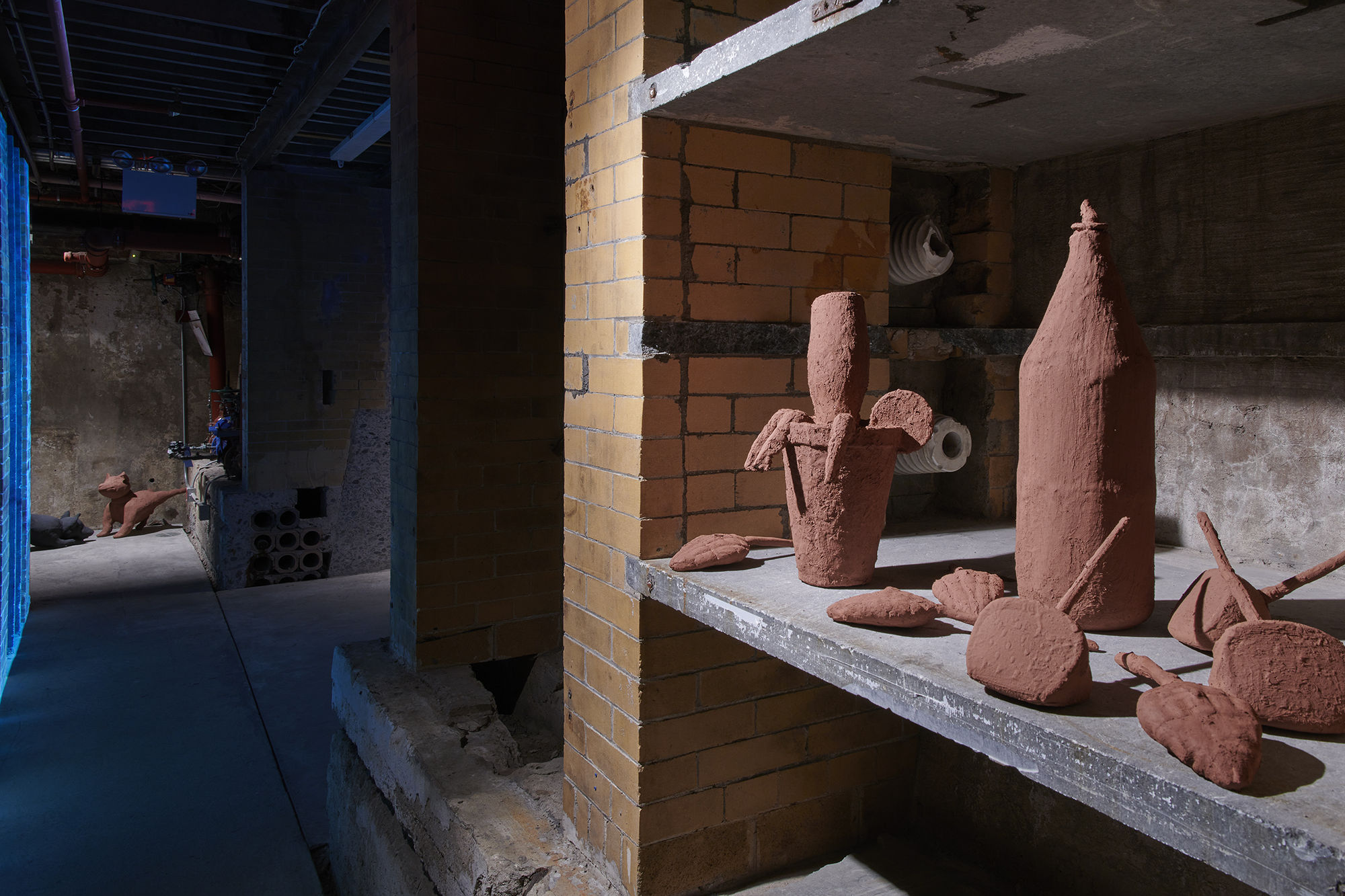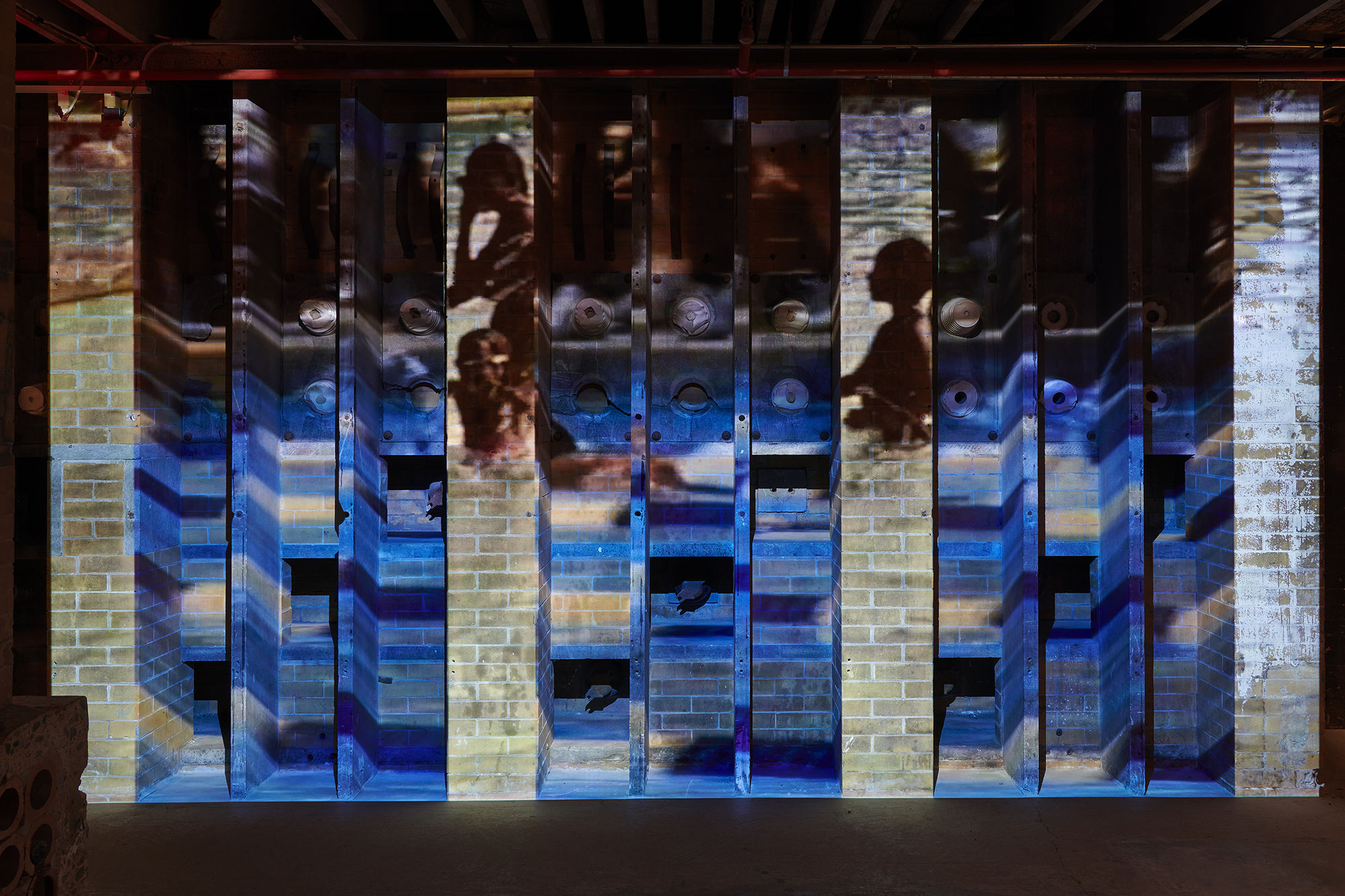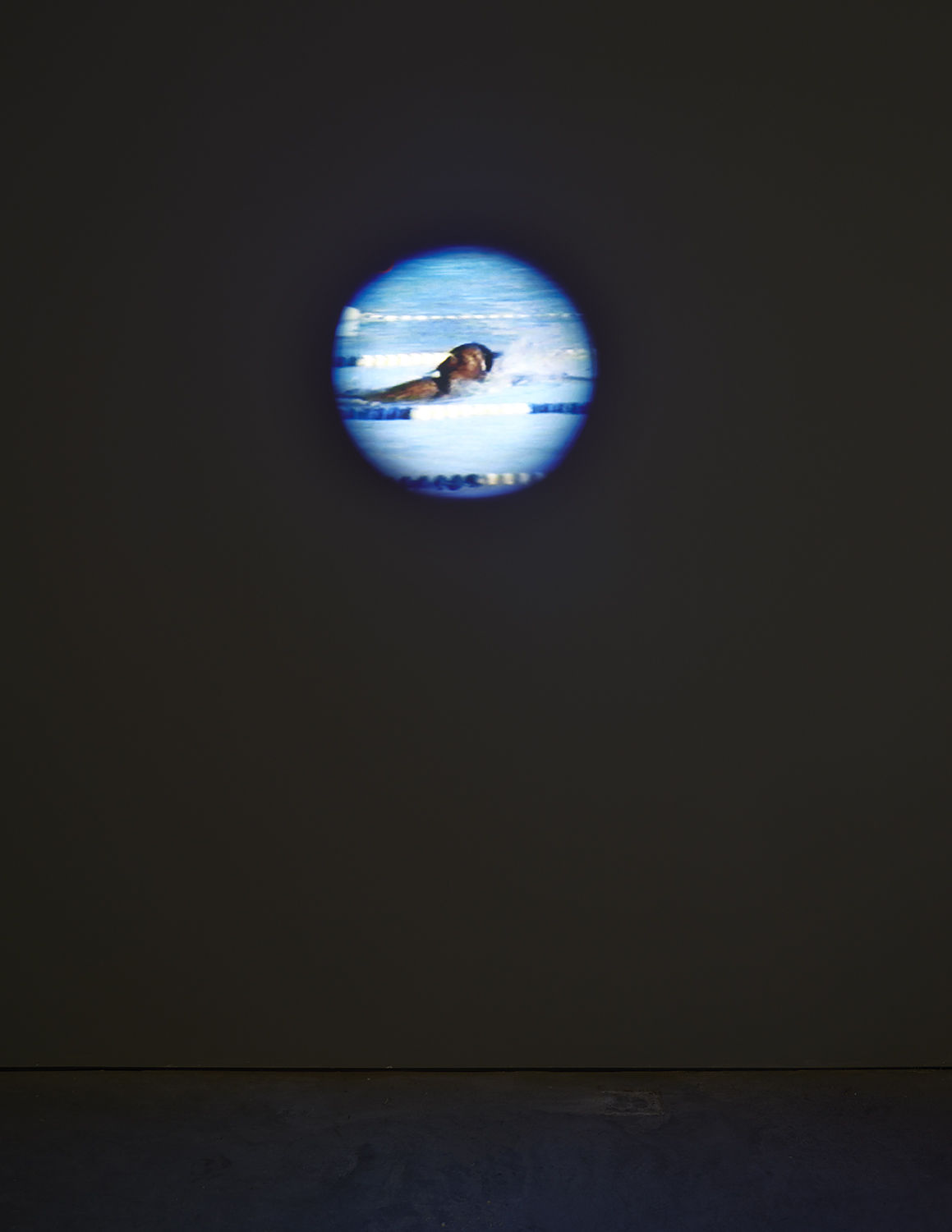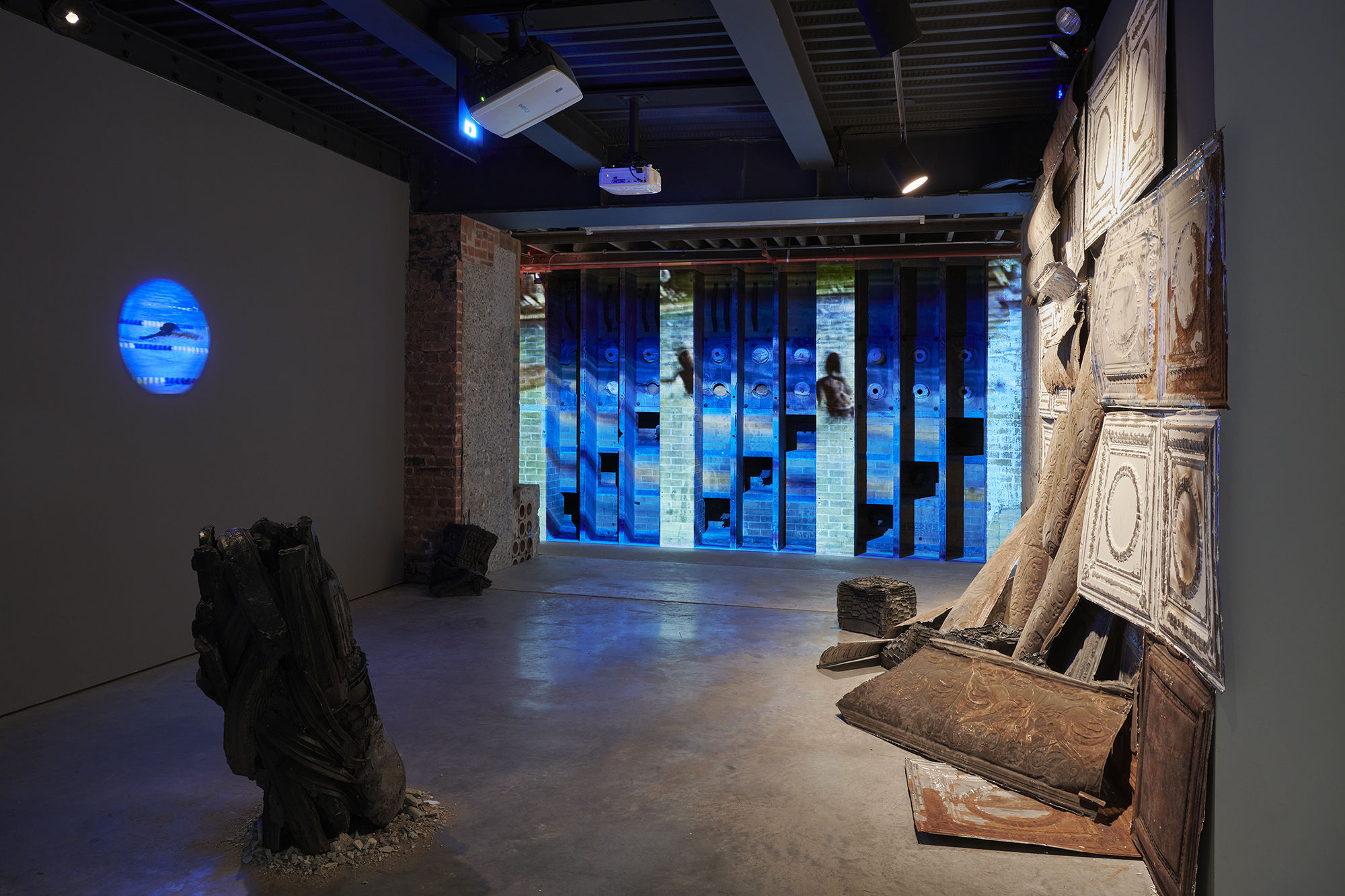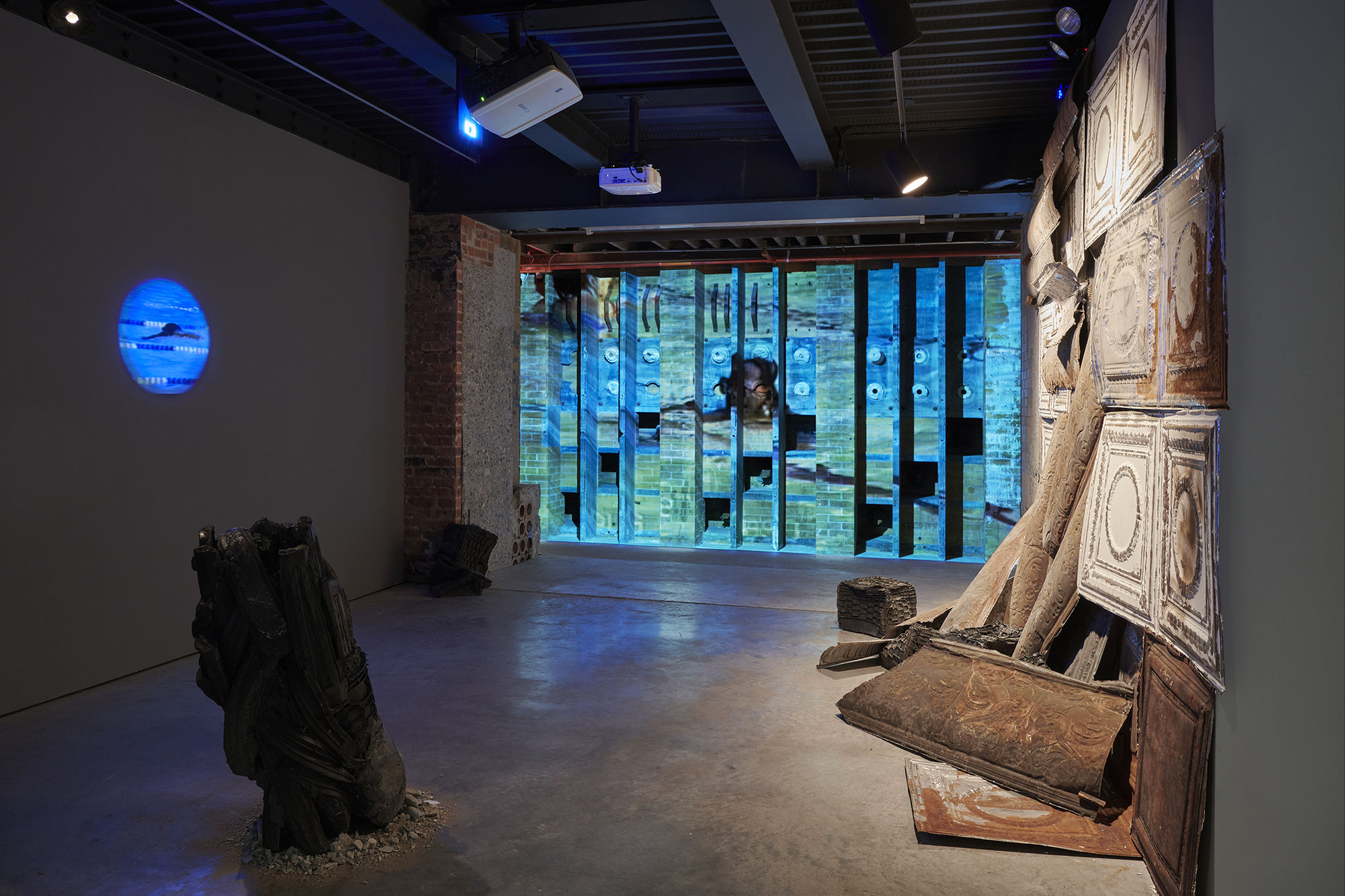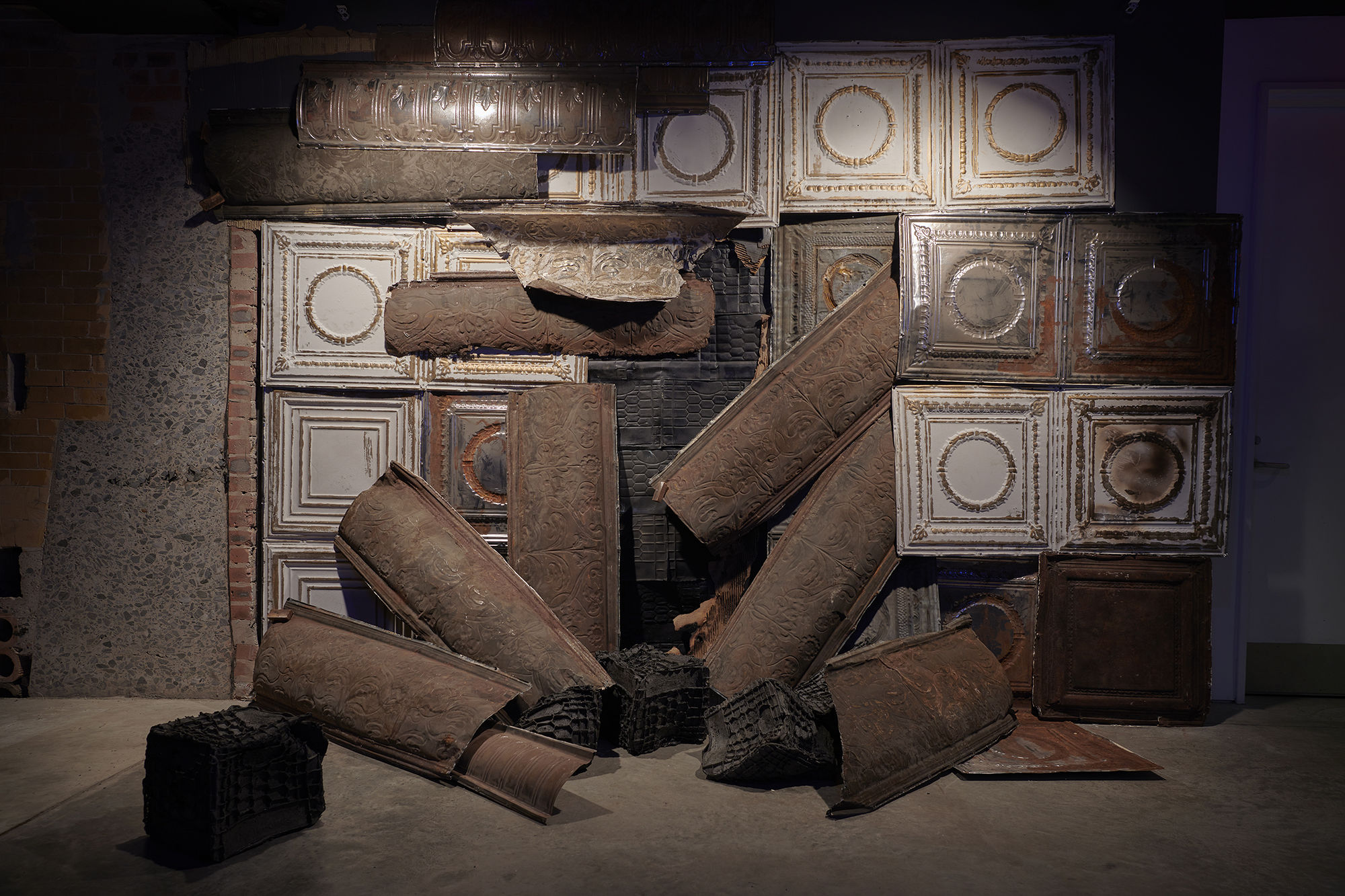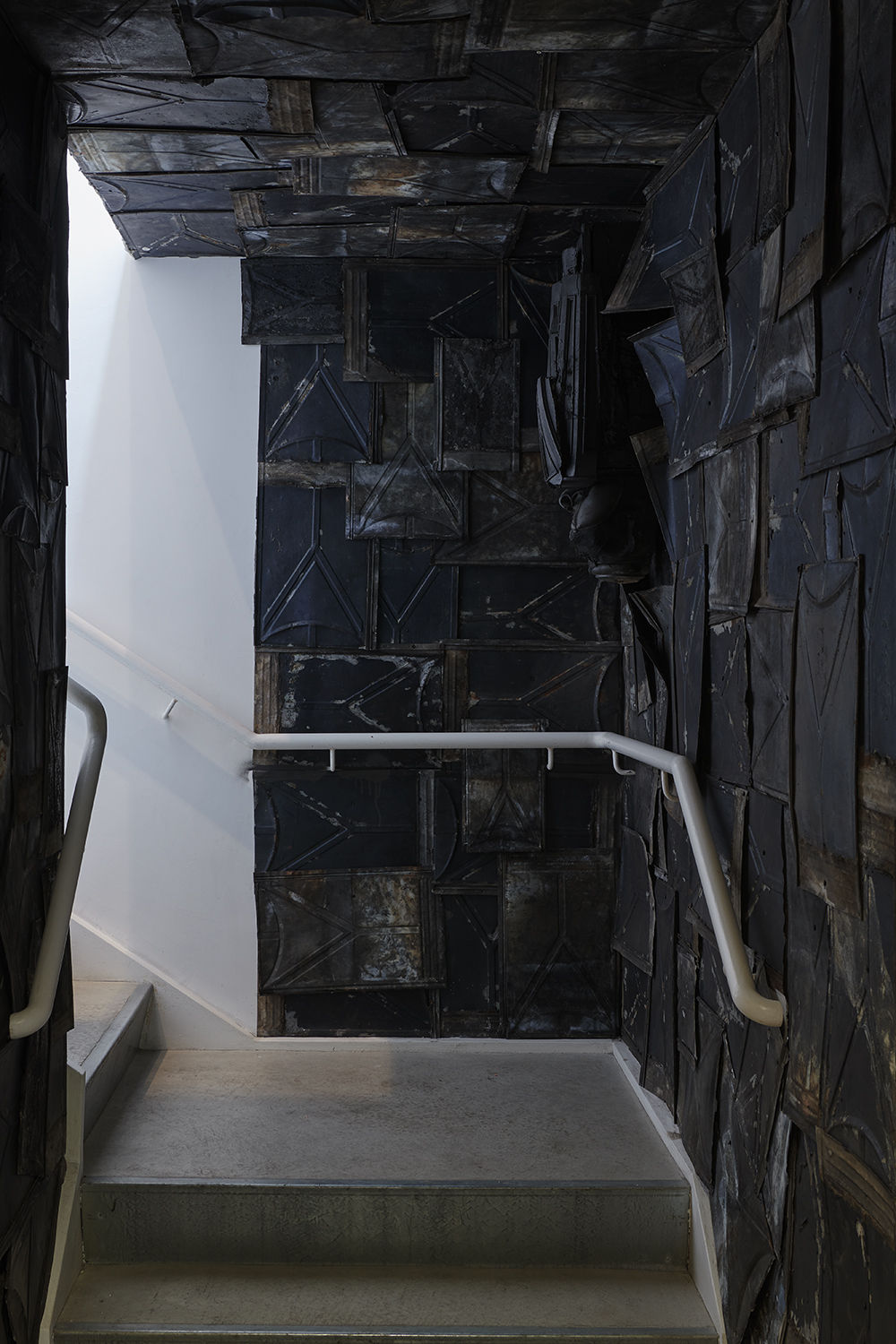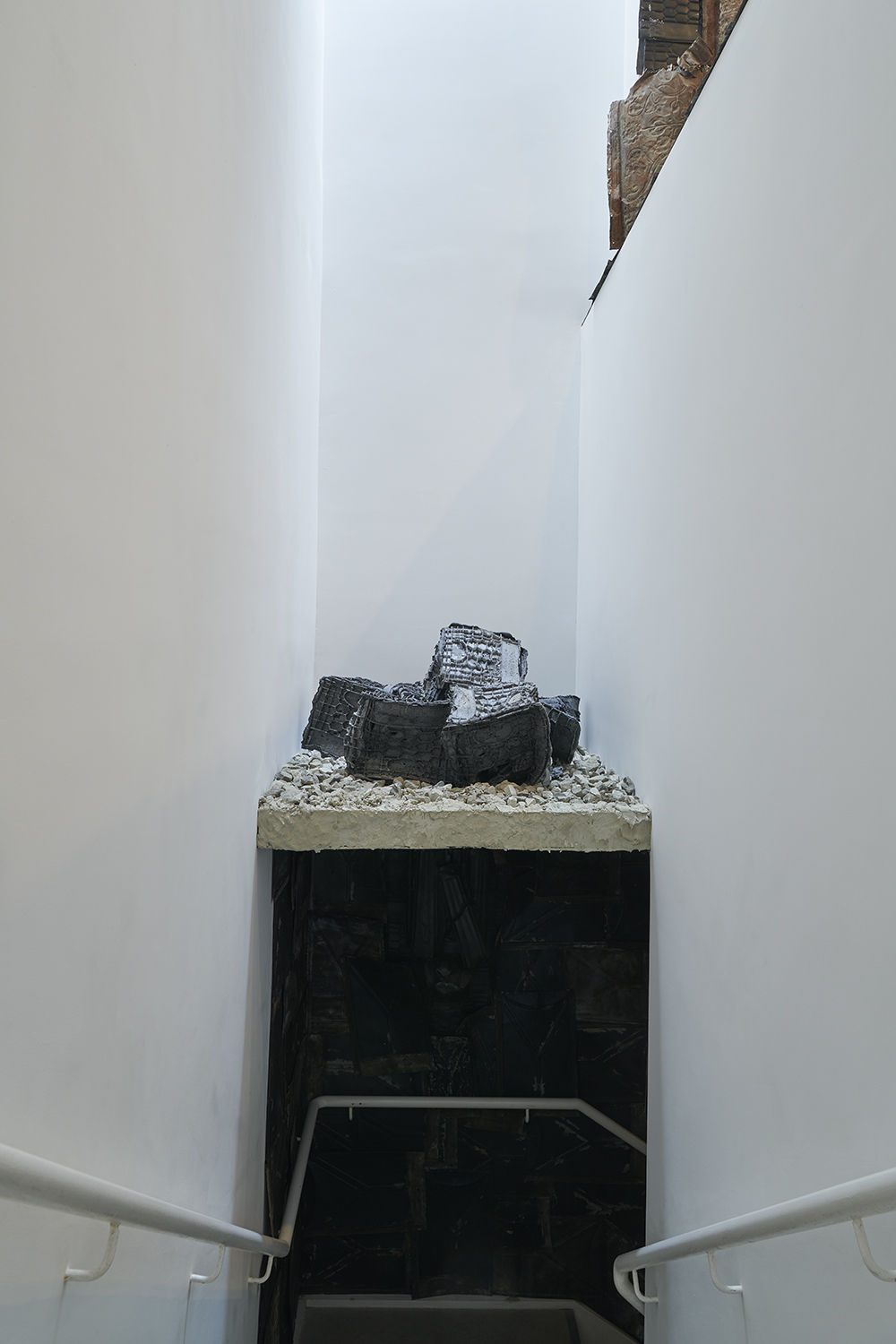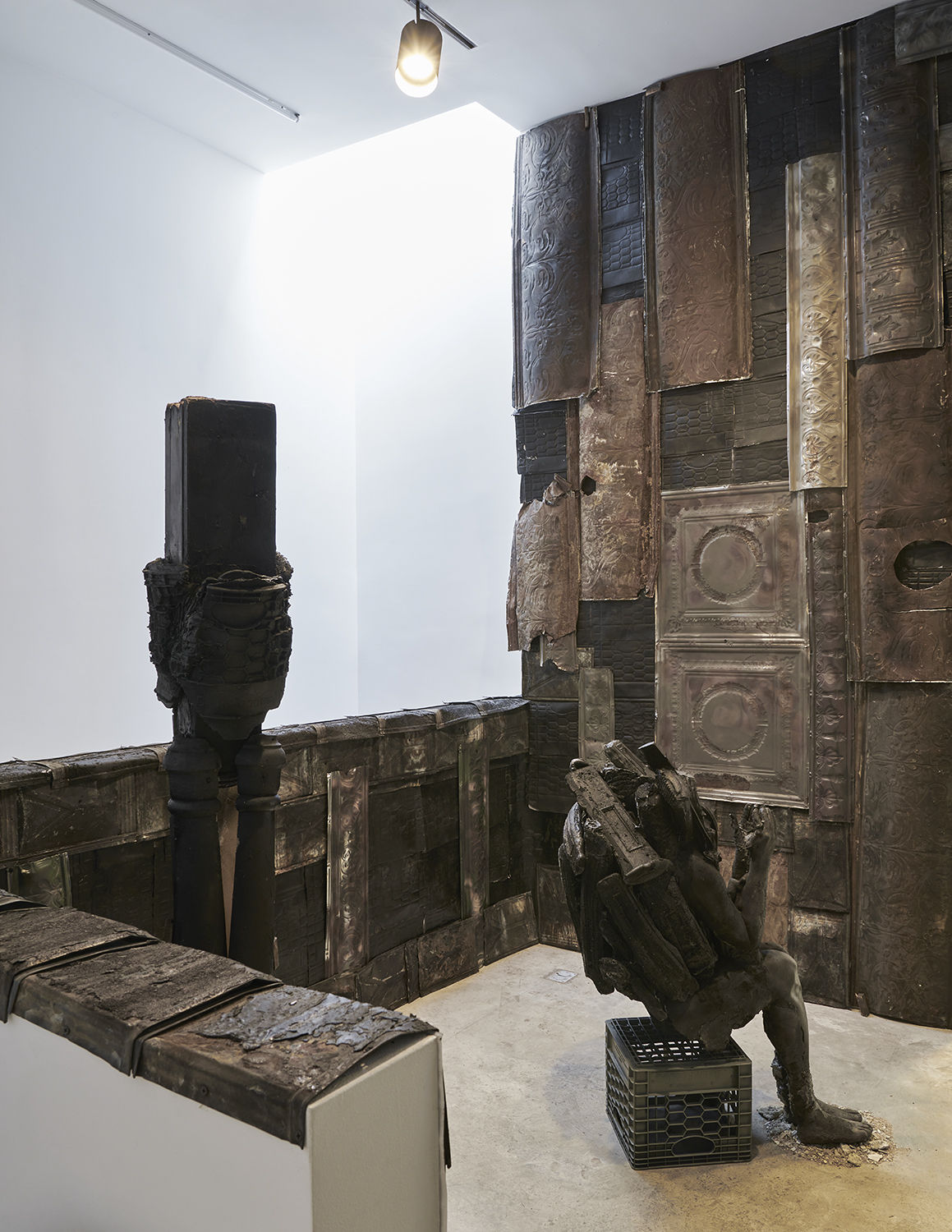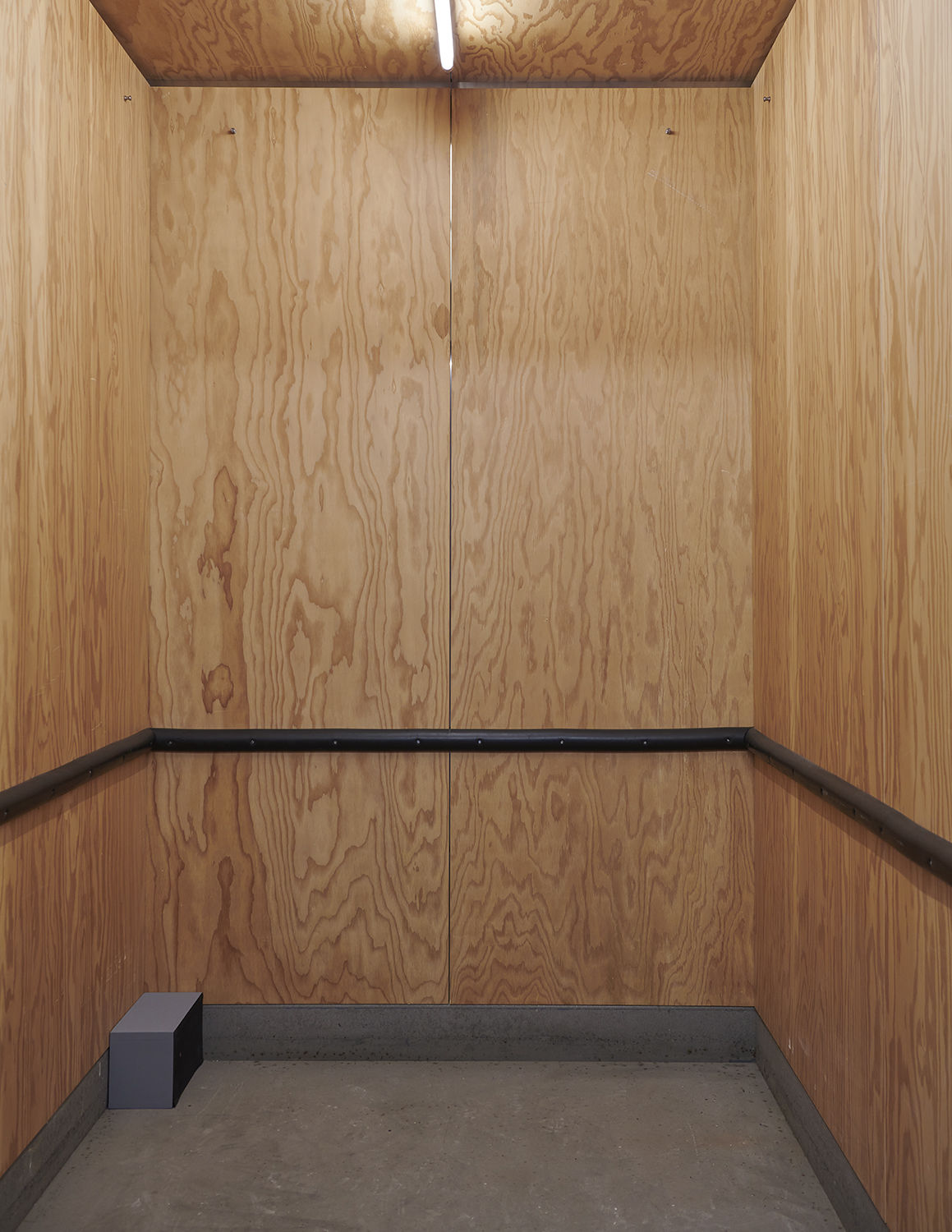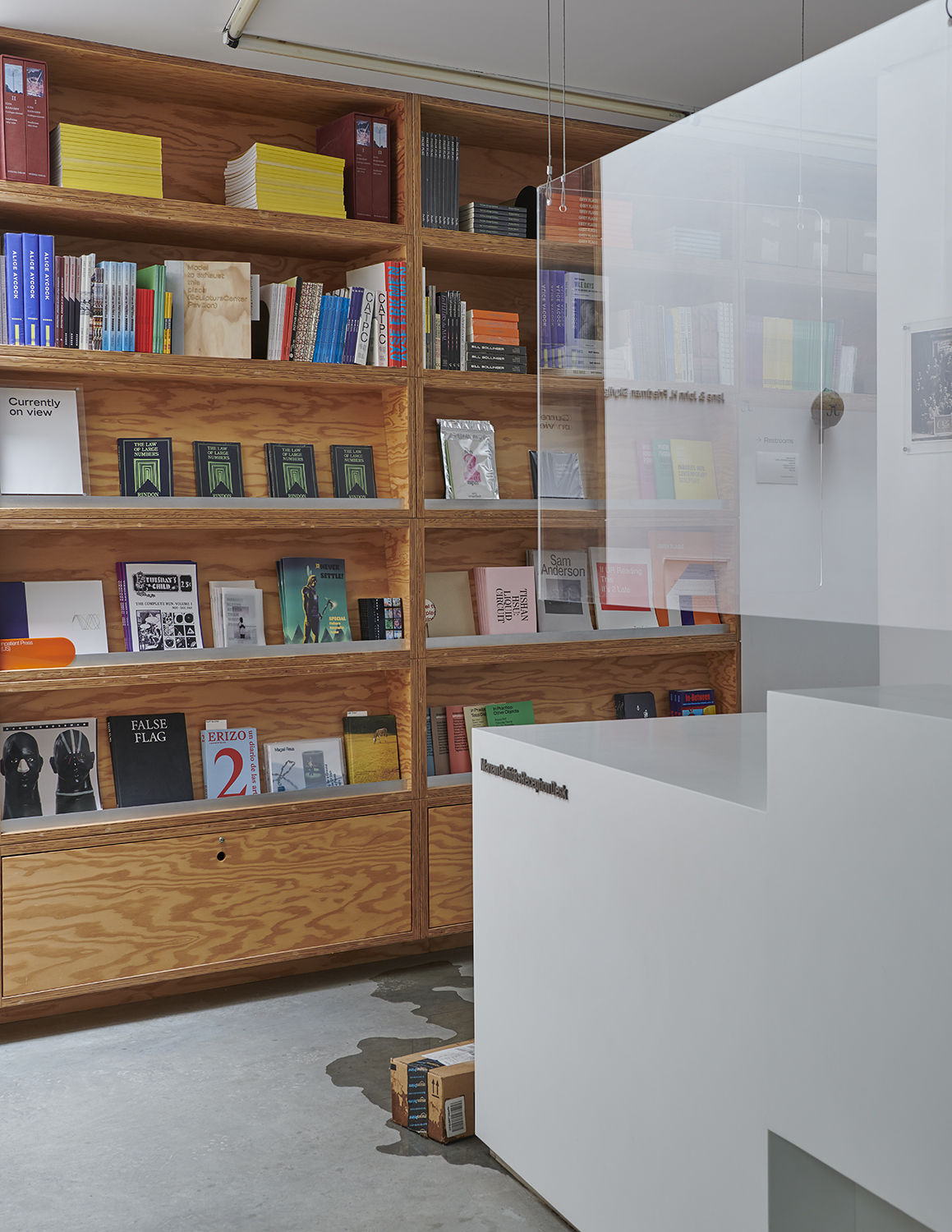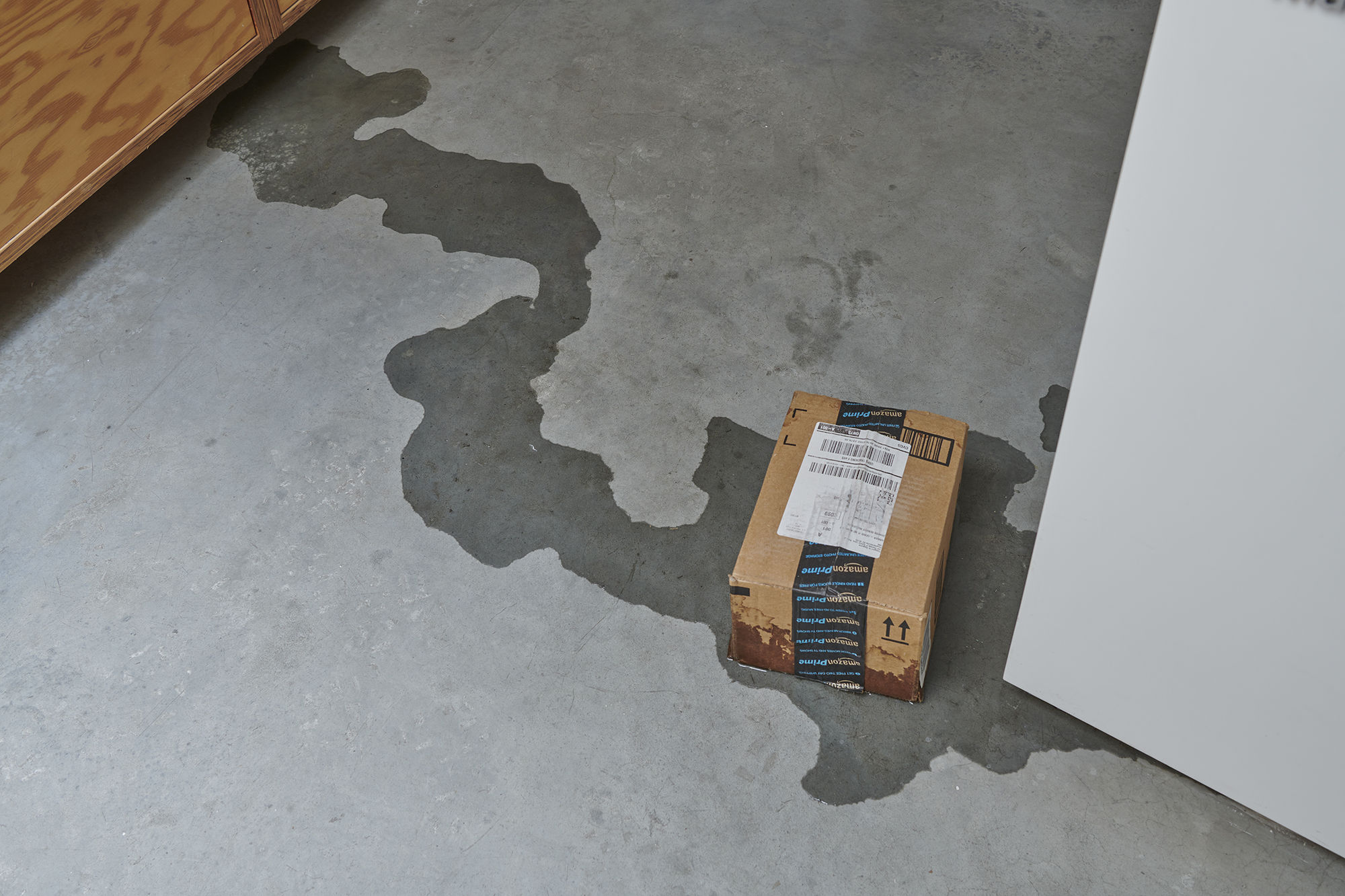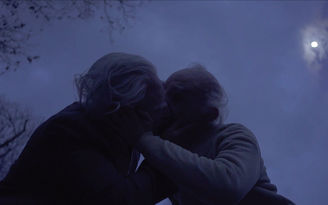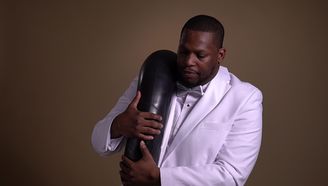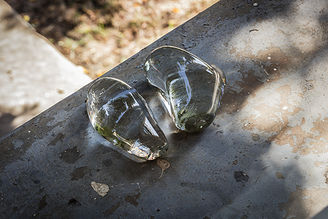In Practice: You may go, but this will bring you back investigates the notion of non-resolution through the lens of loss, grief, and mortality. In both psychology and art, “processing” and “process” suggest an arrival at a final, settled—if uncomposed—state. By contrast, the artists in the exhibition treat process as a metaphysical cycle of return, producing works as detritus, residue, or ideas to be revisited and revised. The exhibition asks: How can we navigate the unending notion of process and procession through a softer lens? What would it look like for us to move not toward resolution but toward a constant, comfortably unresolved state? What if there is no such thing as closure?
The works in the exhibition engage with these questions, giving way to a discourse with both physical and affective dimensions. The artists create subtle eulogies within architectural sites that are conspicuously void of human actors; they congregate objects that suggest loss yet anticipate their next use, using audio to disperse presence into an impermanent, atmospheric space. Other works address complex issues of food insecurity, investigate therapeutic theater with strangers, and engage in conversations about necropolitics and healing. They take the forms of aching, faltering foundations; mine familial affection and disconnection; and enact material and emotional subsidence, sinking or settling into open-ended or precarious states. The exhibition expands on the idea that the clarity that is sought, whether through external expression like artmaking or through interior work, becomes a pitfall of unanswered questions and programmed coping mechanisms.
When process is associated with resolution, things can be edited and misremembered out of the need to preserve a fragile emotional state, authenticating our anesthetized hold on reality. The title for the 2021 In Practice exhibition references the work of American author, anthropologist, and filmmaker Zora Neale Hurston. In one of her groundbreaking anthropological fieldwork films documenting Black American folklife in 1928, Hurston records a baptism that seems to depict such a fraught feeling of closure. Two elders submerge a young woman in a large body of water, in a ritual symbolizing a rebirth of self, cleansed of sin and the wrongdoings of the world. After she emerges, the woman is walked out of the frame as she wipes her face of the holy water, a gesture that could be seen as marking her return to “normalcy” or even comfort. A contemporary YouTube video[1] pairs this rare footage with a later recording of Hurston’s own crackling voice singing, “You may go, but this will bring you back.”
As the baptized woman exits, Hurston’s song begs the questions: What is the thing that will bring us back, and what will it bring us back to? We seek the submersive consolation of resolution, but then are still tasked with navigating the dry land of a “reality” in the effort to apply an understanding, dismissing the tension of what it means to stand in the haunting contusion within the waters of that “peculiar sensation” of a Du Boisian double-consciousness.[2] Within the exhibition, concepts of healing and the presentation of self for others subtly point towards this peculiar embodiment of Black affect with no resolution in sight. The works on view suggest that seeking a resolution is akin to seeking a mirage: it was never anything more than an illusion, cloaked in a taunt of restoration.
In Practice: You may go, but this will bring you back features newly commissioned sculpture, audio works, and video installations by eleven artists: Carlos Agredano, Leslie Cuyjet, Kyrae Dawaun, Dominique Duroseau, Hugh Hayden, Sunny Leerasanthanah, Abigail Lucien, André Magaña, Catalina Ouyang, Chiffon Thomas, and Quay Quinn Wolf. It will be accompanied by a fully illustrated catalog and a season of online programming that includes performances and an artist roundtable. The exhibition is curated by 2021 In Practice Curatorial Fellow Katherine Simóne Reynolds, who holds a curatorial position at the Luminary in St. Louis and is an artist; her work was included in In Practice: Other Objects at SculptureCenter in 2019.
About In Practice
SculptureCenter’s In Practice open call program supports emerging artists and curators in creating new work for exhibition at SculptureCenter. Since 2003, In Practice has provided more than 200 artists with the essential resources of space, funding, time, curatorial support, and administrative guidance to help turn their ideas into reality.
Exemplifying the spirit of SculptureCenter’s mission, In Practice supports innovative artwork, fosters experimentation, and introduces audiences to underrecognized practices and new ideas. The program offers participants the opportunity to develop and present work in what is often their first institutional exhibition in New York City. Previous In Practice participants include Korakrit Arunanondchai, Fia Backström, A.K. Burns, Crystal Z Campbell, Aleksandra Domanović, Brendan Fernandes, Raque Ford, Jules Gimbrone, Samara Golden, Ellen Harvey, Madeline Hollander, Elizabeth Jaeger, Meredith James, Baseera Khan, Simone Leigh, Molly Lowe, Justin Matherly, Essex Olivares, Virginia Overton, Marlo Pascual, Sean Raspet, Rachel Rose, Xaviera Simmons, Josh Smith, Valerie Snobeck, Agathe Snow, Kenneth Tam, Marianne Vitale, and Jon Wang, among many others.
[1] Andrew Rasmussen, “Zora Neale Hurston Fieldwork 1928,” f video, 6:44, August 11, 2013, https://youtu.be/wtPrN-zYZc4.
[2] W. E. B. DuBois, “Strivings of the Negro People,” Atlantic, August 1897, https://www.theatlantic.com/magazine/archive/1897/08/strivings-of-the-negro-people/305446/. Du Bois defines double-consciousness as "this sense of always looking at one’s self through the eyes of others, of measuring one’s soul by the tape of a world that looks on in amused contempt and pity
